If I was to ask you to name your top five favorite destinations for viewing fall foliage, good odds that New England would make your list, and possibly New York, as in the Catskills and the Hudson Valley. But what about New Mexico? The Land of Enchantment won’t even make the top TEN for most of you, and why not? There’s a common misconception, mostly among folk who haven’t been there, that New Mexico simply doesn’t have enough trees, much less trees of the right variety, to enter any kind of a fall color match-up against the hardwood forests of the east. And I’m here to tell you that it’s not the quantity of the trees, or the intensity of the color that decides these things. In the wide open spaces of the American Southwest, it’s all about the setting.
Autumn in New Mexico is different from autumn in New England in the same way that quaint covered bridges are different from centuries-old adobe churches. The landscape, the climate, and the culture of New Mexico are unique to that state, and in combination, they create a setting unlike any other. As for the trees: in the mountains, you have aspen, oak, and sycamore setting entire mountainsides ablaze, while down below, colorful cottonwoods line the rivers and streams, filling the valleys with a golden glow. On the high desert plateau, and on the windswept plains, ancient trees stand alone, flaming sentinels against a backdrop of red rocks and ruins, edged by the bluest of skies, while billowing clouds sail like galleons across the arc of a limitless horizon. The contrast of the vast colorful landscape with the autumnal palette of the foliage is, in a word, spectacular! There are many that would say it gives New England a run for its money, and I most heartily agree.
Just like my own home state of Arizona, the timing of the fall season in New Mexico varies with altitude, ranging from a late September launch in the high country around Taos, extending into late October along the Rio Grande, never lasting for more than a week or two in any given spot.
~~~~~~~
Here are some of my favorite places in the Land of Enchantment, decked out in their autumn finery:
The Changing of the leaves, New Mexico style!
AZTEC RUINS NATIONAL MONUMENT
In the Four Corners region of New Mexico, just outside the town of Farmington, you’ll find Aztec Ruins National Monument, the crumbling remains of a town built by the ancient Anasazi in 1100 A.D. Just behind the ruin, there is a majestic grove of cottonwoods standing guard against the wind and the ravages of time, a contest that every work of man, both ancient and modern, no matter how solidly built, is destined to lose.
Click any photo to blow the image up to full screen, with captions.
For two weeks every year, beginning around mid-October, the woody windbreak bursts out in a golden swan song that sets the ancient walls aglow!
~~~~~~~
From Farmington, we travel south to Socorro, and then east toward the Rio Grande, and the winter home of the Sandhill Cranes:
BOSQUE DEL APACHE NATIONAL WILDLIFE REFUGE
The Bosque del Apache is a 60,000 acre preserve managed by the U.S. Fish and Wildlife Service. The central attraction is a 3,800 acre floodplain that flows into 9,100 acres of wetlands and a wild section of the Rio Grande. Throw in mild winters and reliable forage, you have a habitat that attracts migratory birds from far and wide, including tens of thousands of majestic Sandhill Cranes, Snow Geese, and hundreds of other species, all concentrated in this relatively small area from November through February.
If you get your timing just right, you not only see the birds, you see lovely fall color as well!
~~~~~~~
From Socorro, drive toward the big city of Albuquerque, but don’t stop there! Keep going for more gorgeous autumn landscapes along the Rio Grande, heading toward the Big River’s source.
NORTH ALONG THE BIG RIVER
North of Socorro lie the Salinas Pueblo Missions, abandoned by the Spanish missionaries more than 300 years ago, in the face of unrelenting attacks by marauding Apaches. The windswept ruins of these missions, and the abandoned towns that supported them, became known as “The Cities that Died of Fear.” Like Aztec Ruins in the north, changing cottonwoods add a brief splash of color to a lonely landscape.
Traveling north, the river bends and flows, tamed by dams and reservoirs along much of its length, but through here, it still looks like a river, lined by foliage that brightens, if only briefly, before the seasonal fade.
Just north of Albuquerque is the Coronado Historic Site, a New Mexico State Park that commemorates the “first contact” between Coronado, the Spanish explorer, and the Pueblo Indians whose civilization flourished in this valley for hundreds of years. That event, when you look at what actually happened, was hardly something to be proud of. Before Coronado moved on, hundreds of Indians were slaughtered, many of them burned alive, and the survivors were so traumatized that they permanently abandoned their villages in this area, moving higher into the mountains. The State Park is nevertheless lovely, with a small museum, a restored kiva, and beautiful views of the river, backed by the Sandias, Albuquerque’s signature mountain range. At the right time of year, the fall foliage here is superb.
Further north, the Jemez Valley, at the edge of New Mexico’s largest mountains, the Sangre de Cristos, the Blood of Christ Mountains, the southernmost section of the great range of the Rockies. The Pueblo Indians who fled from Coronado came here, and they live here still, in a place where golden cottonwoods meet red rock canyons in a fusion that’s most pleasing to the eye.
~~~~~~~
Before we go too deeply into those mountains, I’ll take you on a slight detour to another of my favorite places:
BANDELIER NATIONAL MONUMENT
The prehistory of New Mexico includes some of the most fascinating chapters in the saga of North America. Complex civilizations rose and fell before the first European set foot there, leaving mysterious traces, ruined cities and towns built of stone and adobe brick.
Bandelier National Monument, northwest of Santa Fe, is a wonderful example. The Ancestral Pueblo people settled in what is now called Frijoles Canyon, way back in 1100 A.D. They were farmers, and they were builders, and for more than 500 years, they did quite a lot of both. The volcanic “tuff” that predominates in the cliffs here was easily carved into living spaces, ranging from single family cave-like homes to communal dwellings with as many as 600 rooms. Frijoles Canyon is chock-a-block with ruins and stately cottonwoods. Time your visit for mid-October, and with a little luck, you might just see them at their golden best.
~~~~~~~
Proceed to the State Capital of Santa Fe, where there is plenty of color in the neighborhoods, and from there, one of the finest road trips in the state, a classic excursion known as the High Road to Taos (with some of the Low Road to Taos thrown in as a bonus).
SANTA FE AND THE HIGH ROAD
On the surface, the High Road to Taos is nothing more than a scenic route through the mountains, a particularly nice way to get from Santa Fe, New Mexico’s “Capital City with the small town feel,” and Taos, the most interesting small town in America, with a living pueblo that’s a contender for the title of “oldest continuously occupied.” The High Road is more than just a drive, it’s like a journey through time, and in many more ways than one.
Take a deep breath now. The earthy scent of autumn fills the air, from coast to coast and border to border. The dates might get pushed back and forth a bit, and there might be fewer trees changing color from year to year, but the cycle of the seasons is, and will always be one of our few remaining constants, from the days of the Pueblo Ancestors, through our own crazy times, and on into the future of our children’s children’s children.
~~~~~~~
For more information about New Mexico, especially if you might be interested in planning a road trip through the Land of Enchantment–during the fall, or any other season–you should check out my book:
Arizona and New Mexico: 25 Scenic Side Trips
Unless otherwise noted, all of these images are my original work, and are protected by copyright. They may not be duplicated for commercial purposes.
MORE SOUTHWESTERN ROAD TRIPS:
San Xavier del Bac: The White Dove of the Desert
San Xavier has all of the traditional elements of a Spanish Colonial church, along with many others that are quite unique. The craftsmanship of the original building is superb, and features many fascinating details.
<<CLICK to Read More!>>
A Serendipitous Sunset at Shiprock
I noticed an odd rock formation coming up fast on the left side of the road, almost like a wall built of angular blocks. Shiprock was close, but hidden from view by the wall as I zoomed toward it. After I passed the odd formation, I stole a quick glance in my rearview mirror, and what I saw was a scene so other-wordly, it literally stopped me in my tracks!
<<CLICK to Read More!>>
There's nothing like a good road trip. Whether you're flying solo or with your family, on a motorcycle or in an RV, across your state or across the country, the important thing is that you're out there, away from your town, your work, your routine, meeting new people, seeing new sights, building the best kind of memories while living your life to the fullest.
Are you a veteran road tripper who loves grand vistas, or someone who's never done it, but would love to give it a try? Either way, you should consider making the Southwestern U.S. the scene of your own next adventure.
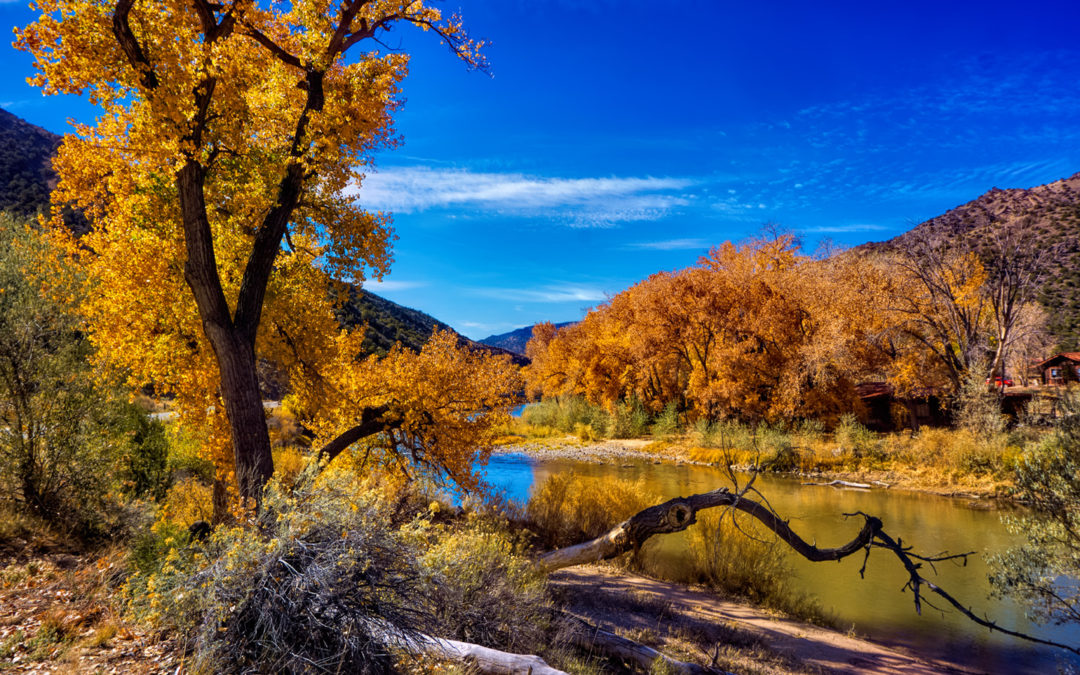
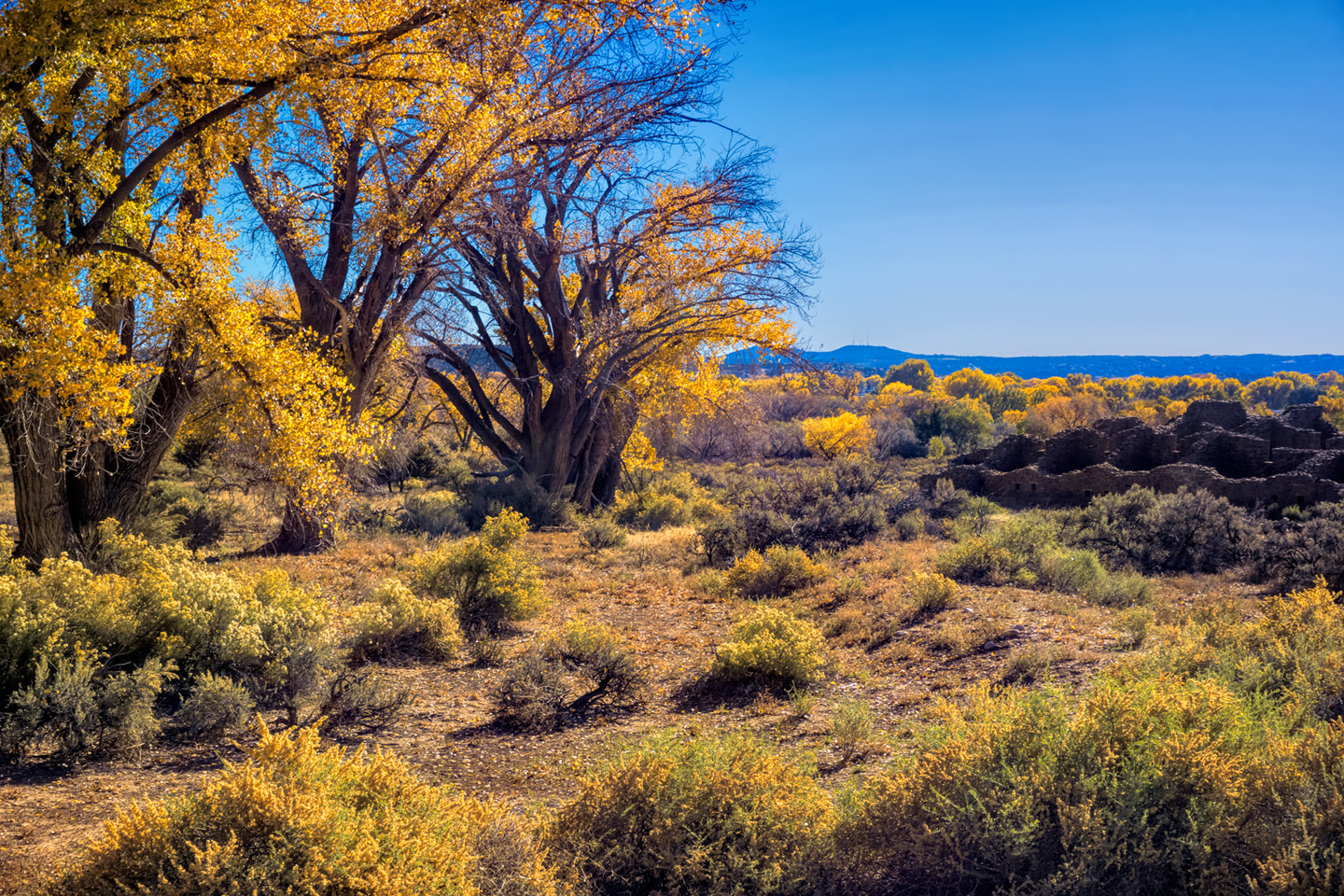
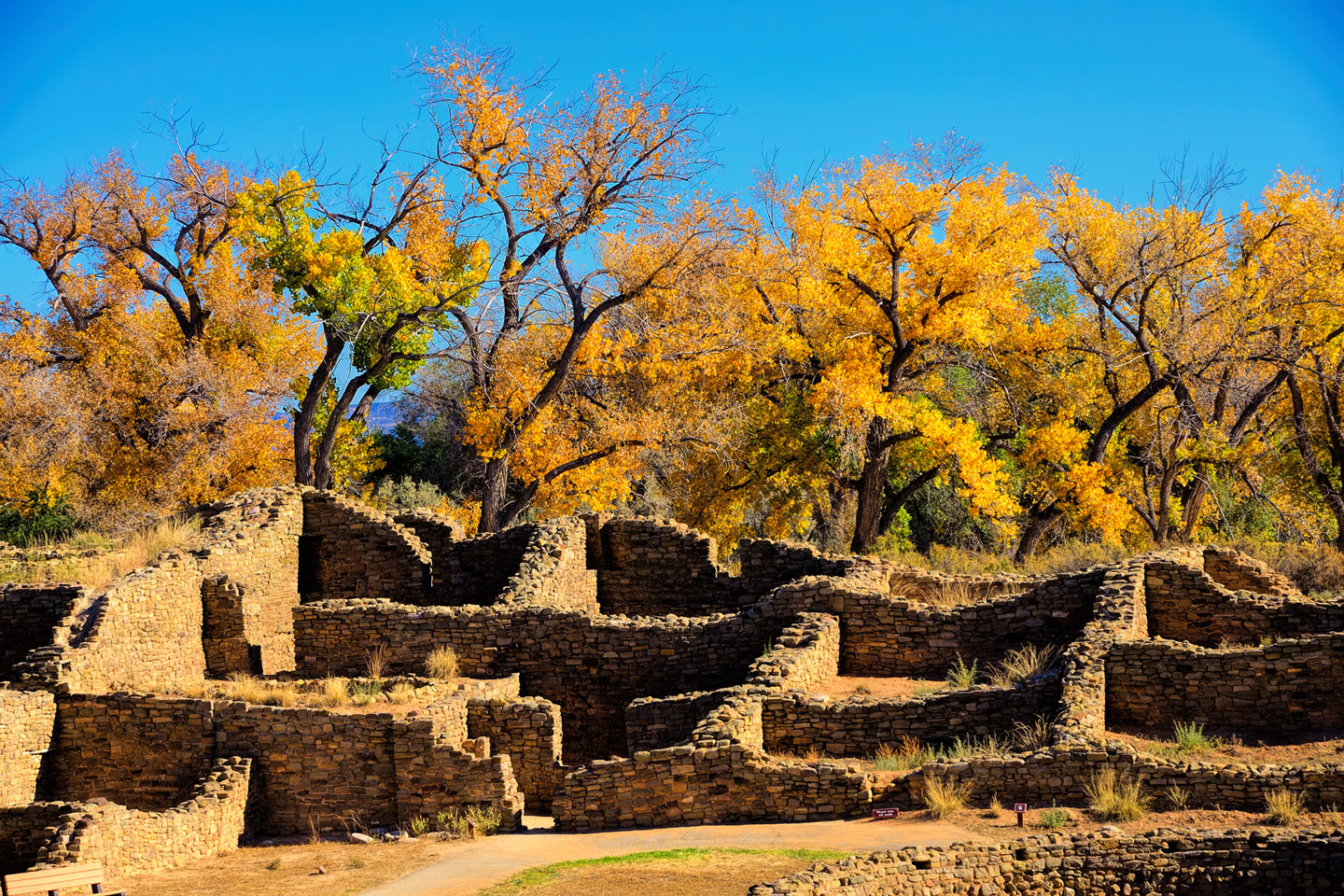
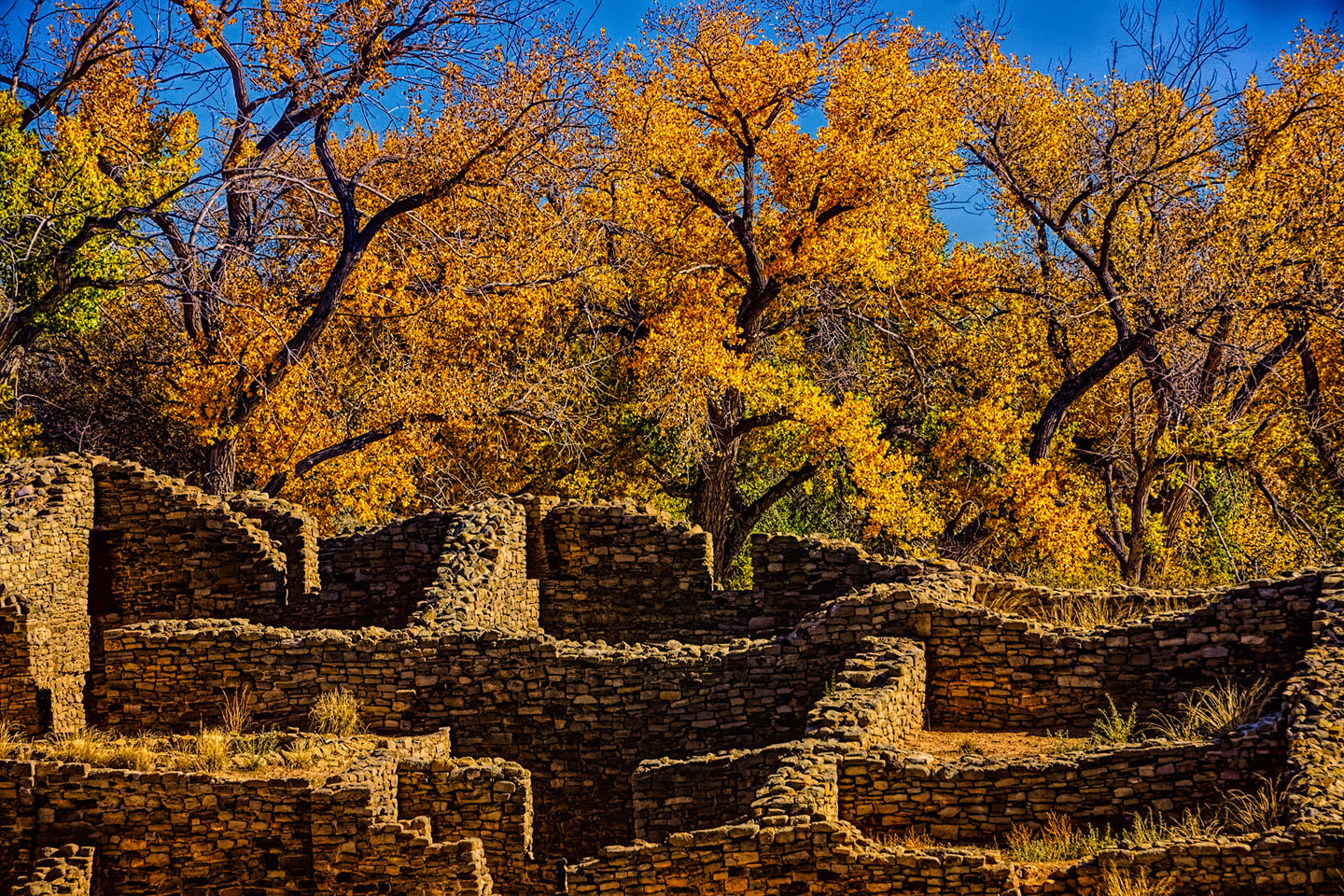
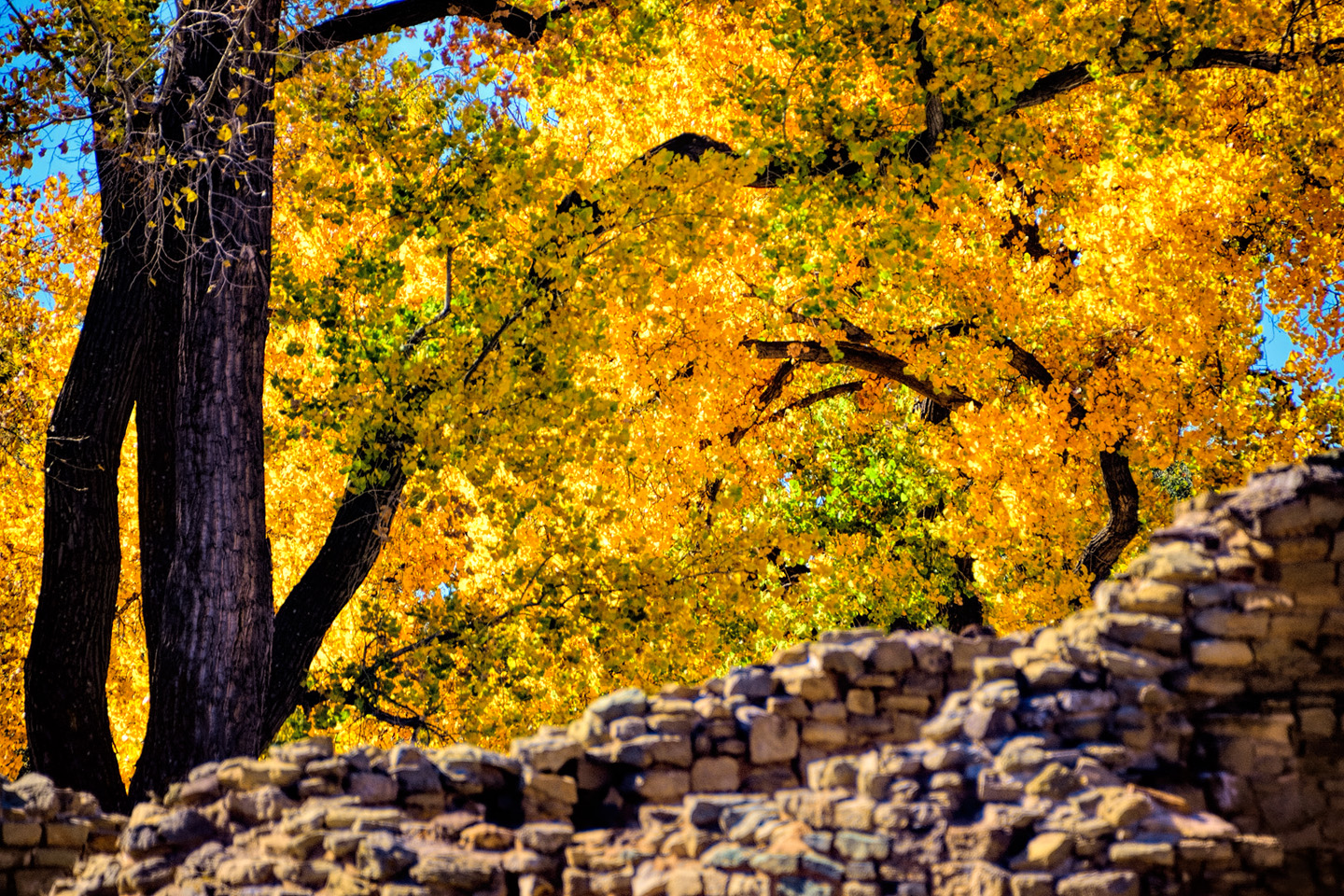
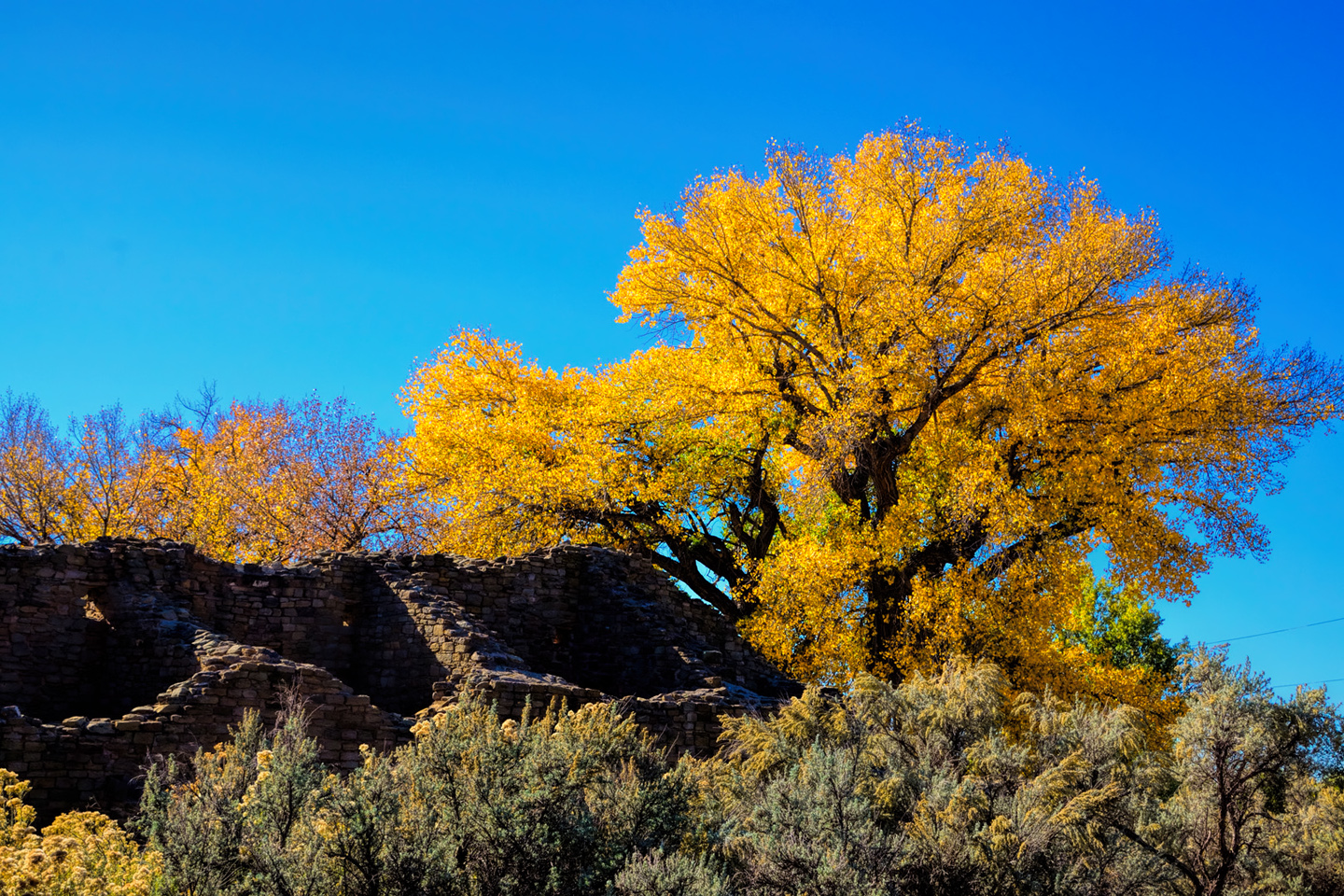
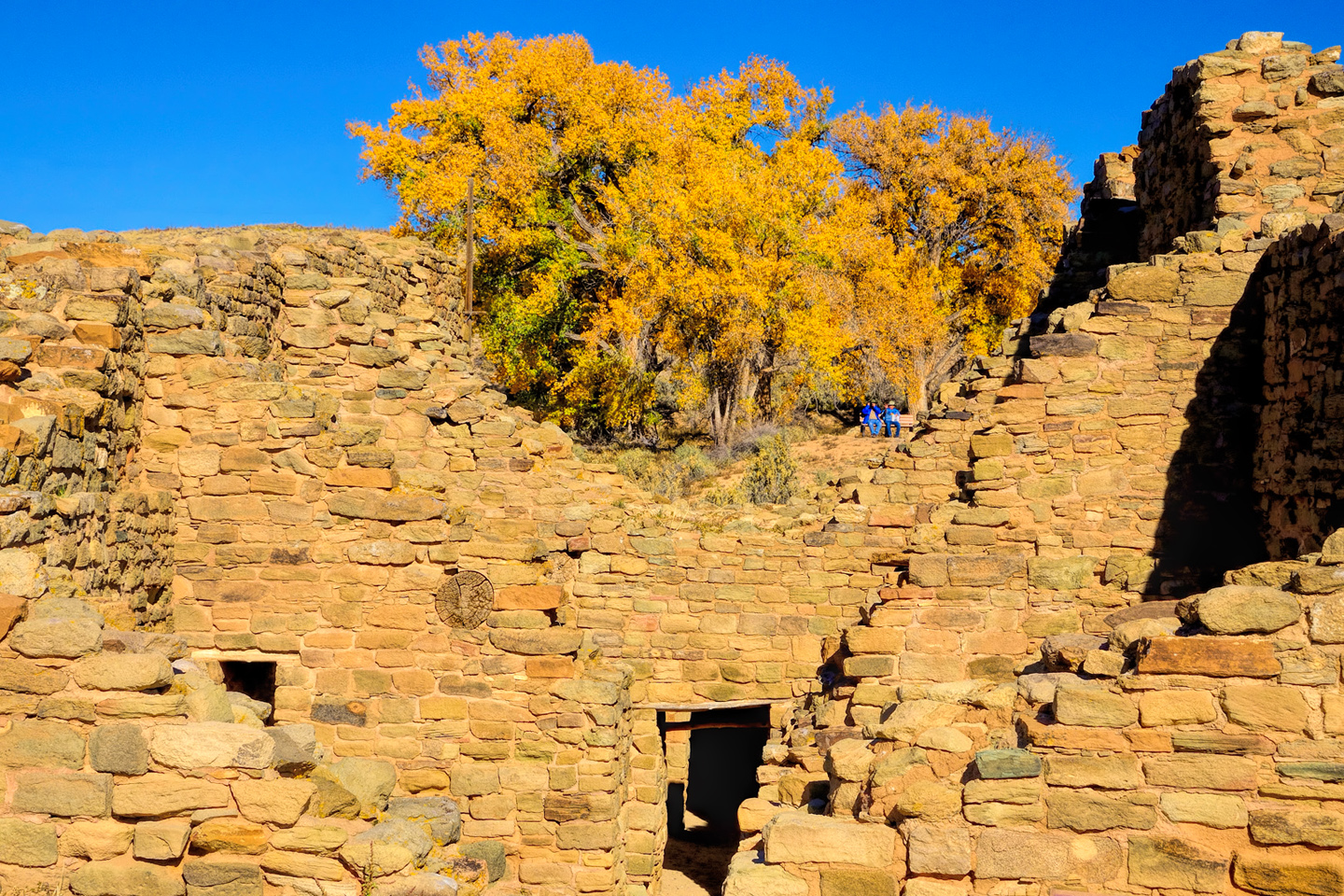
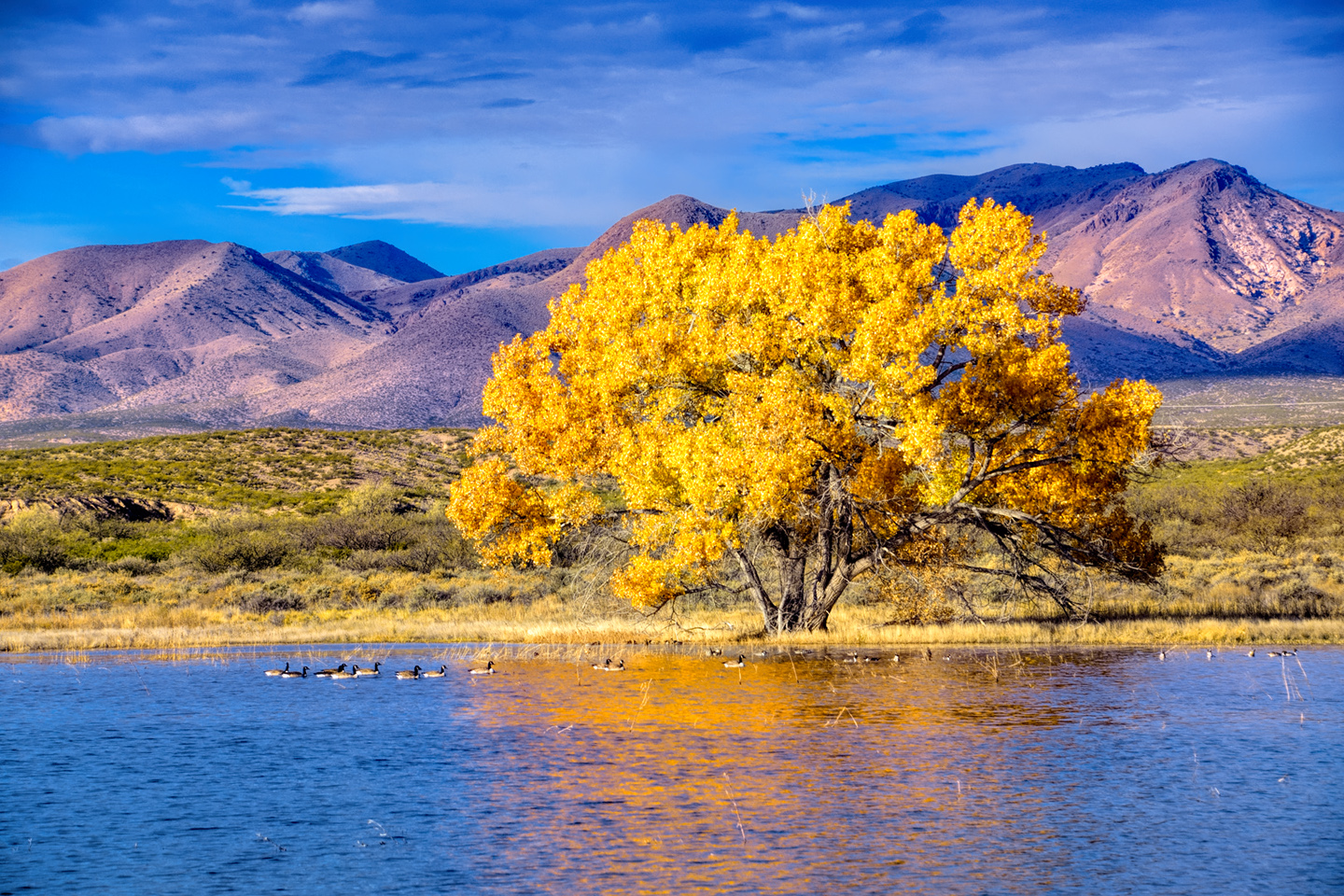
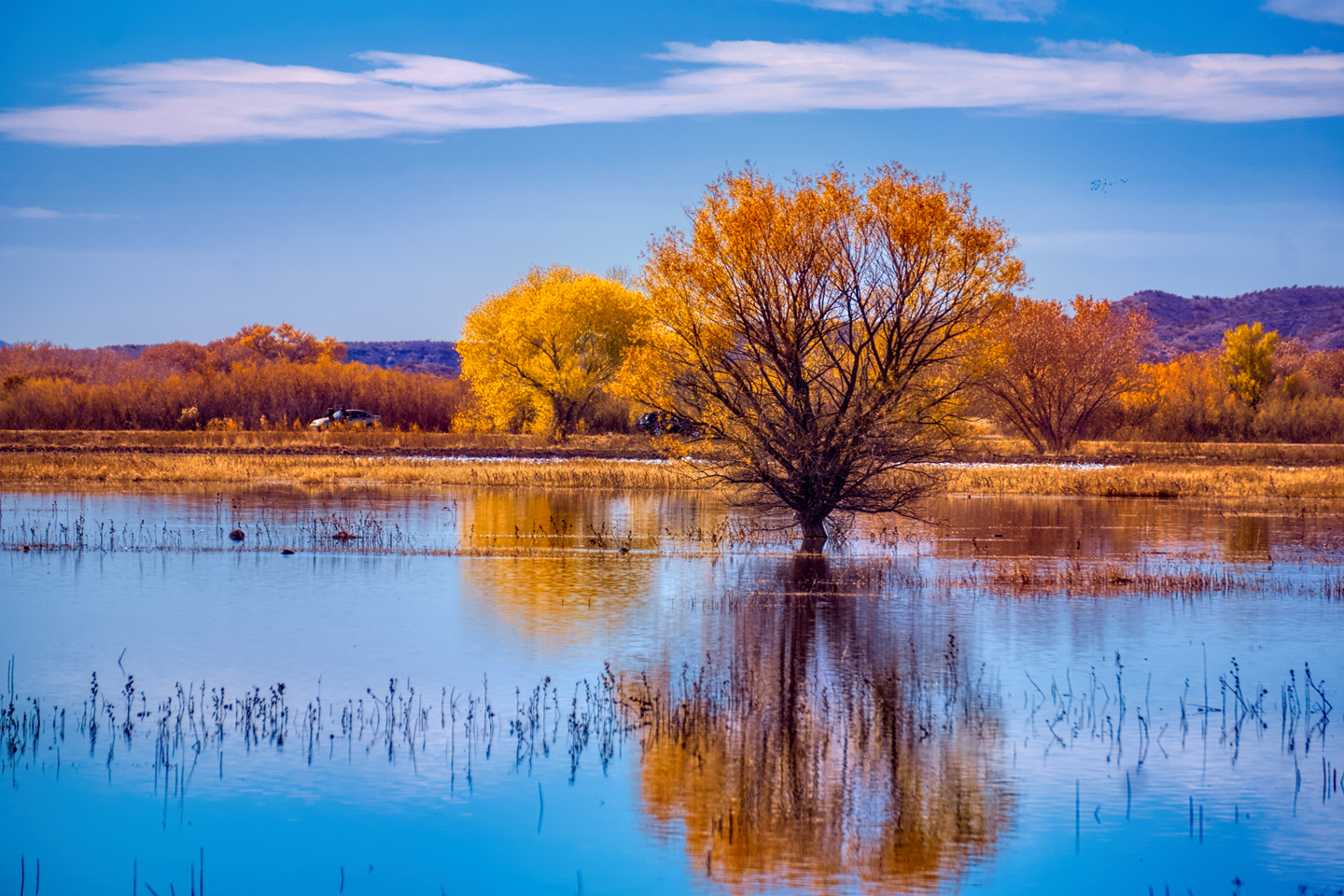
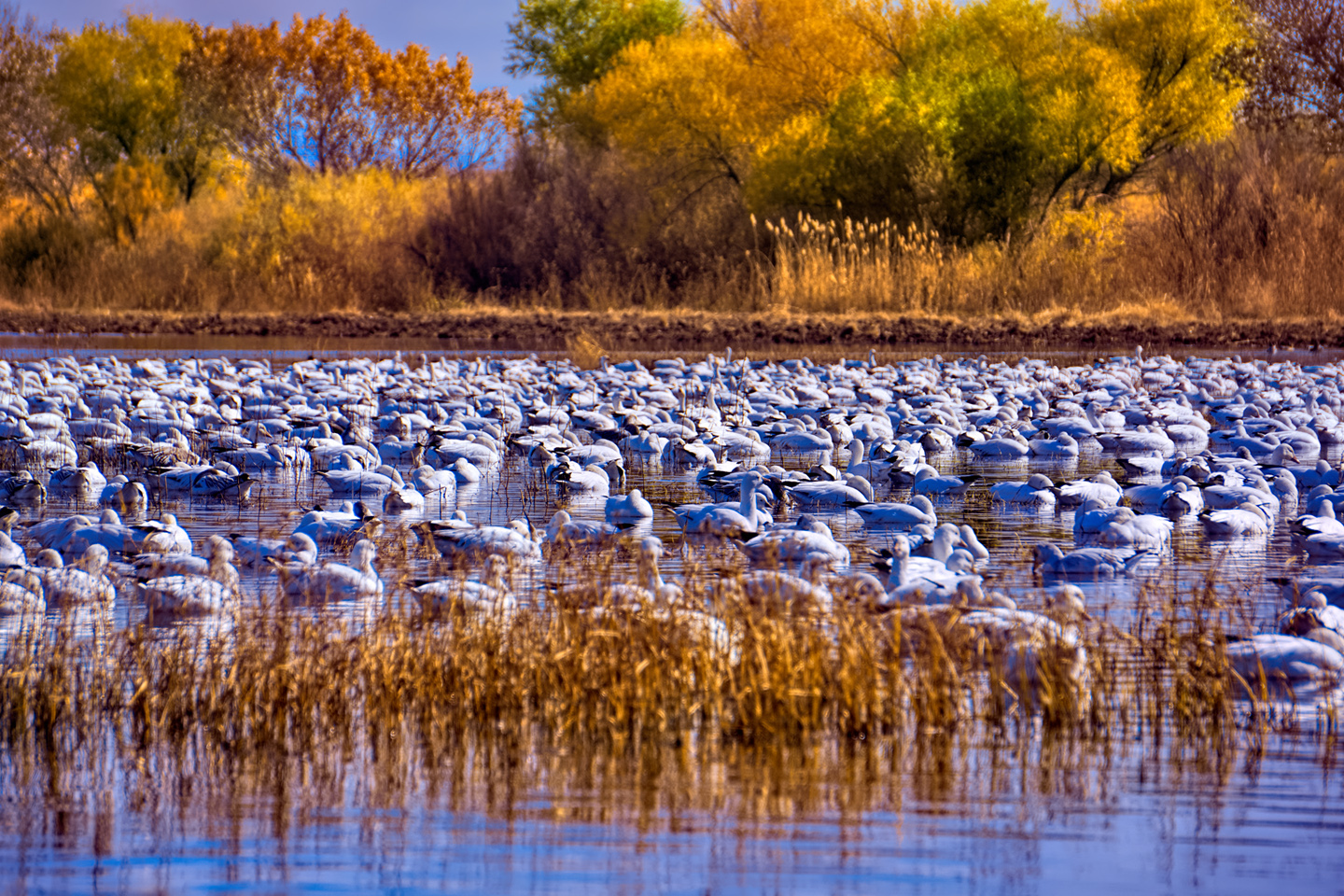
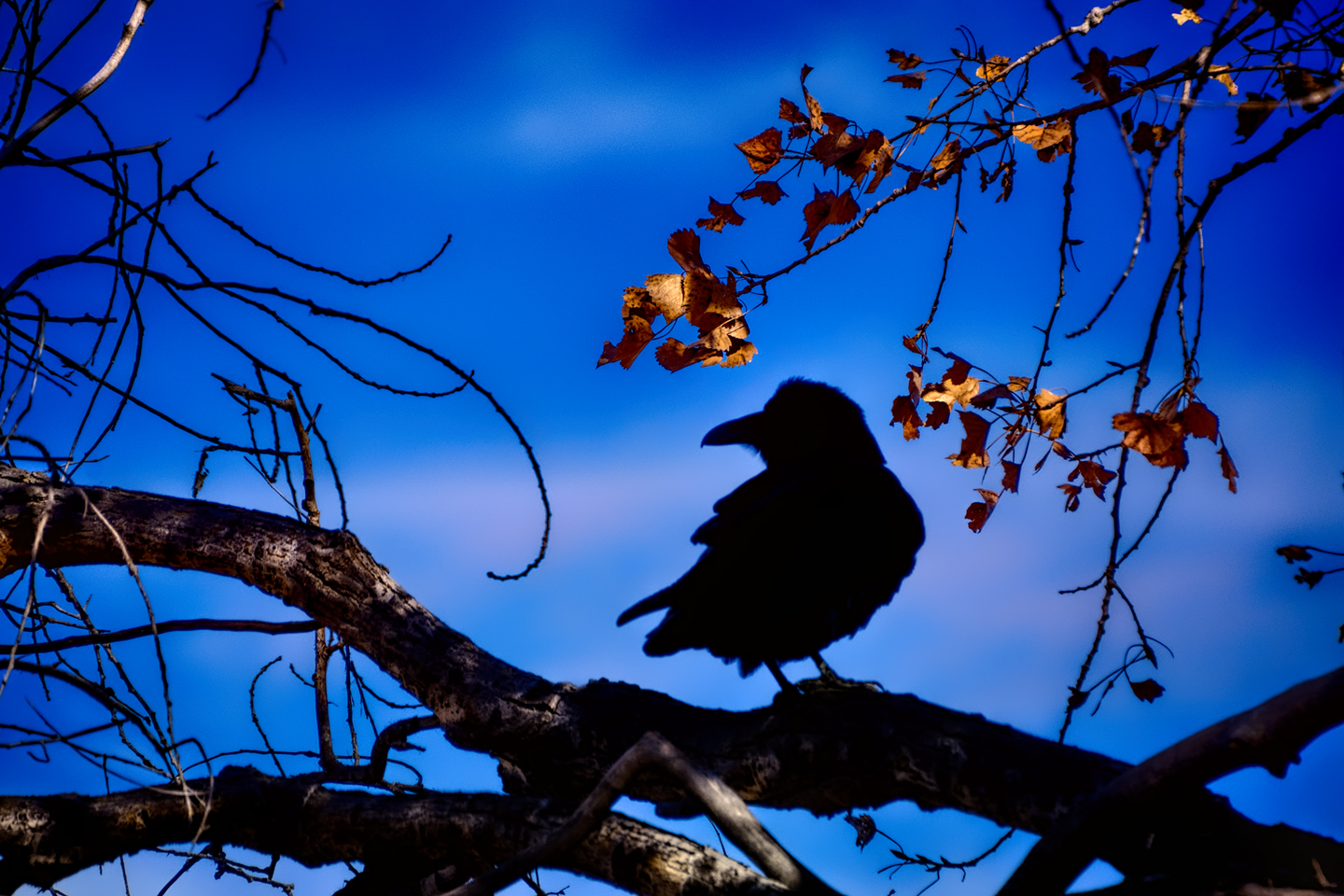
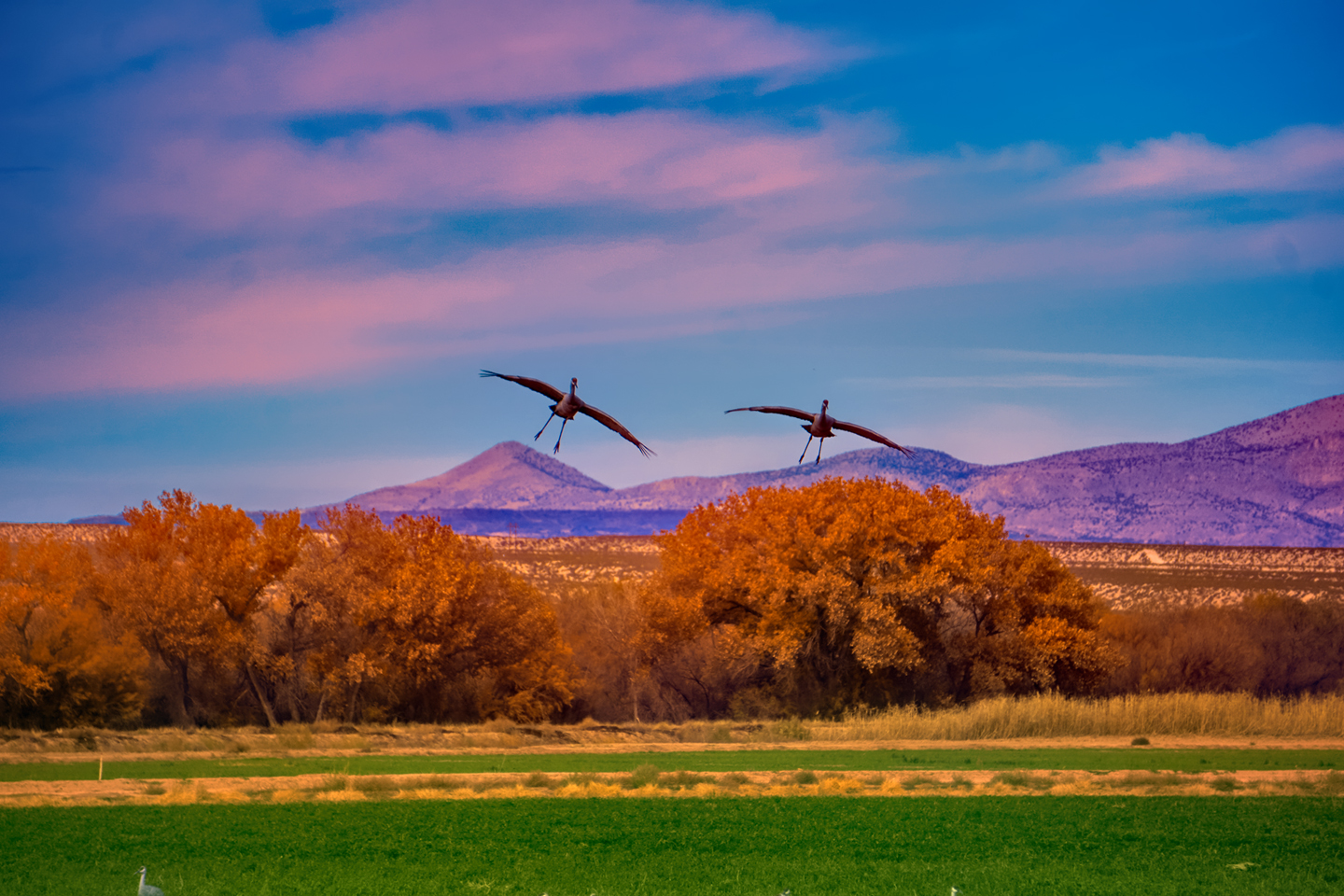
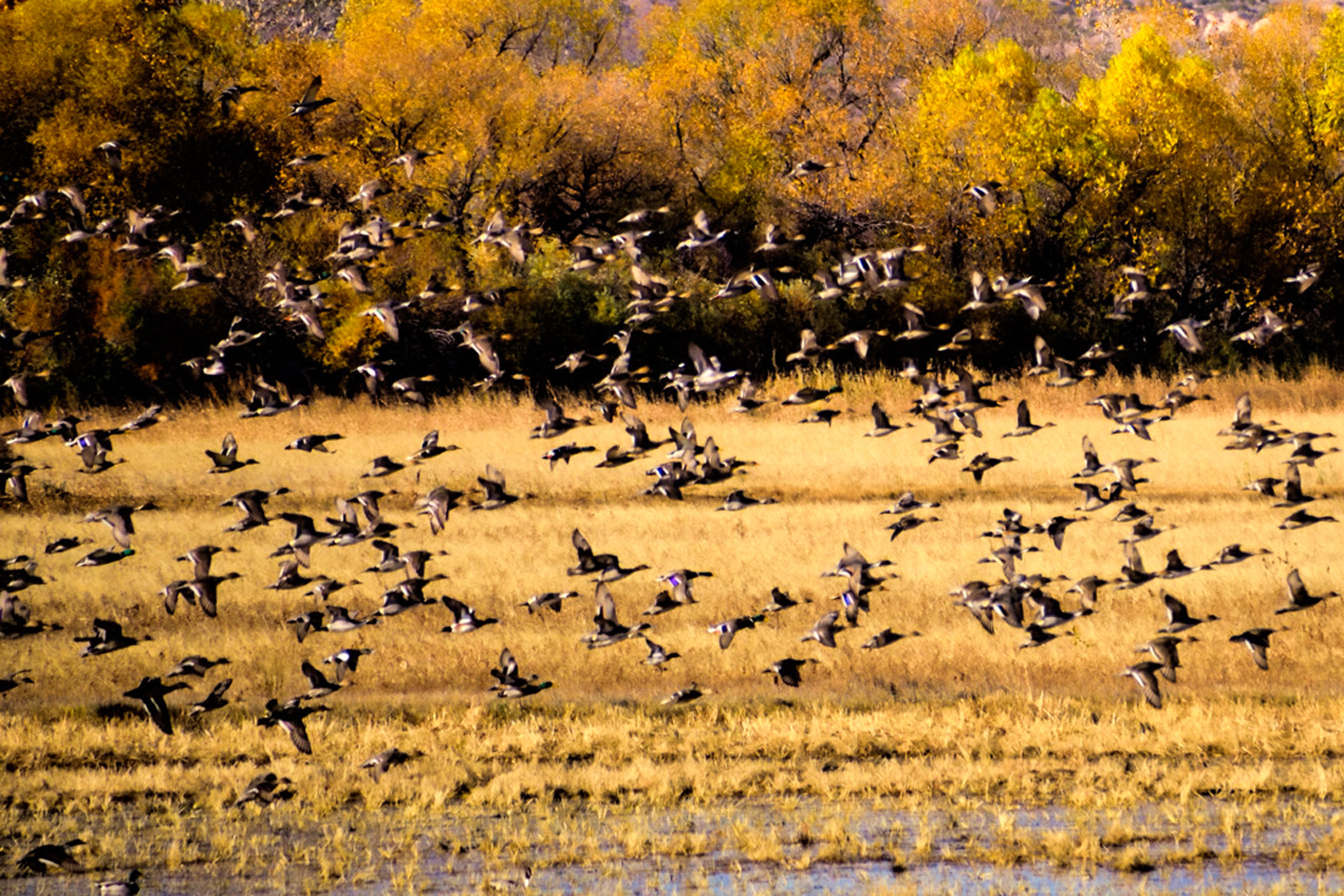
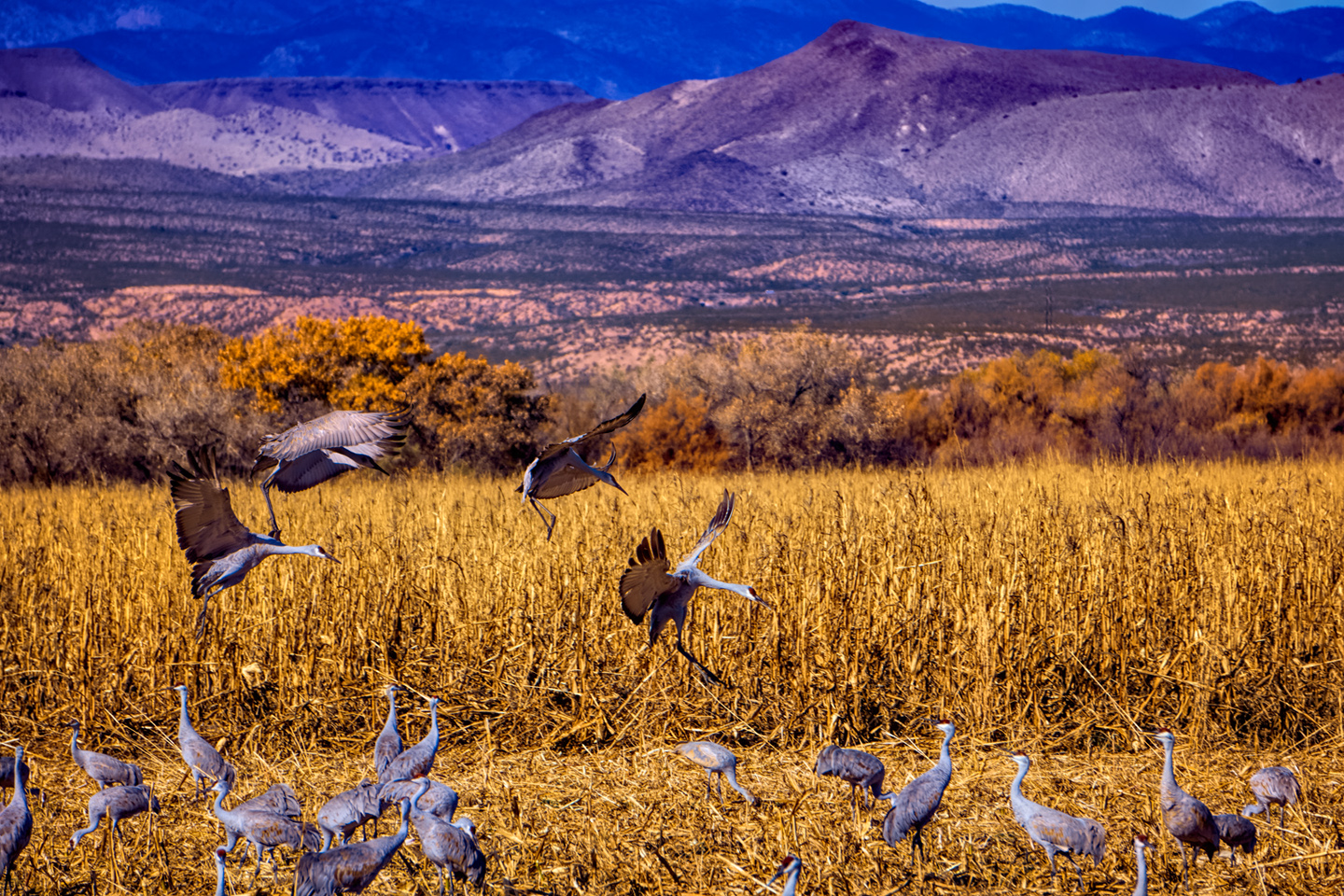
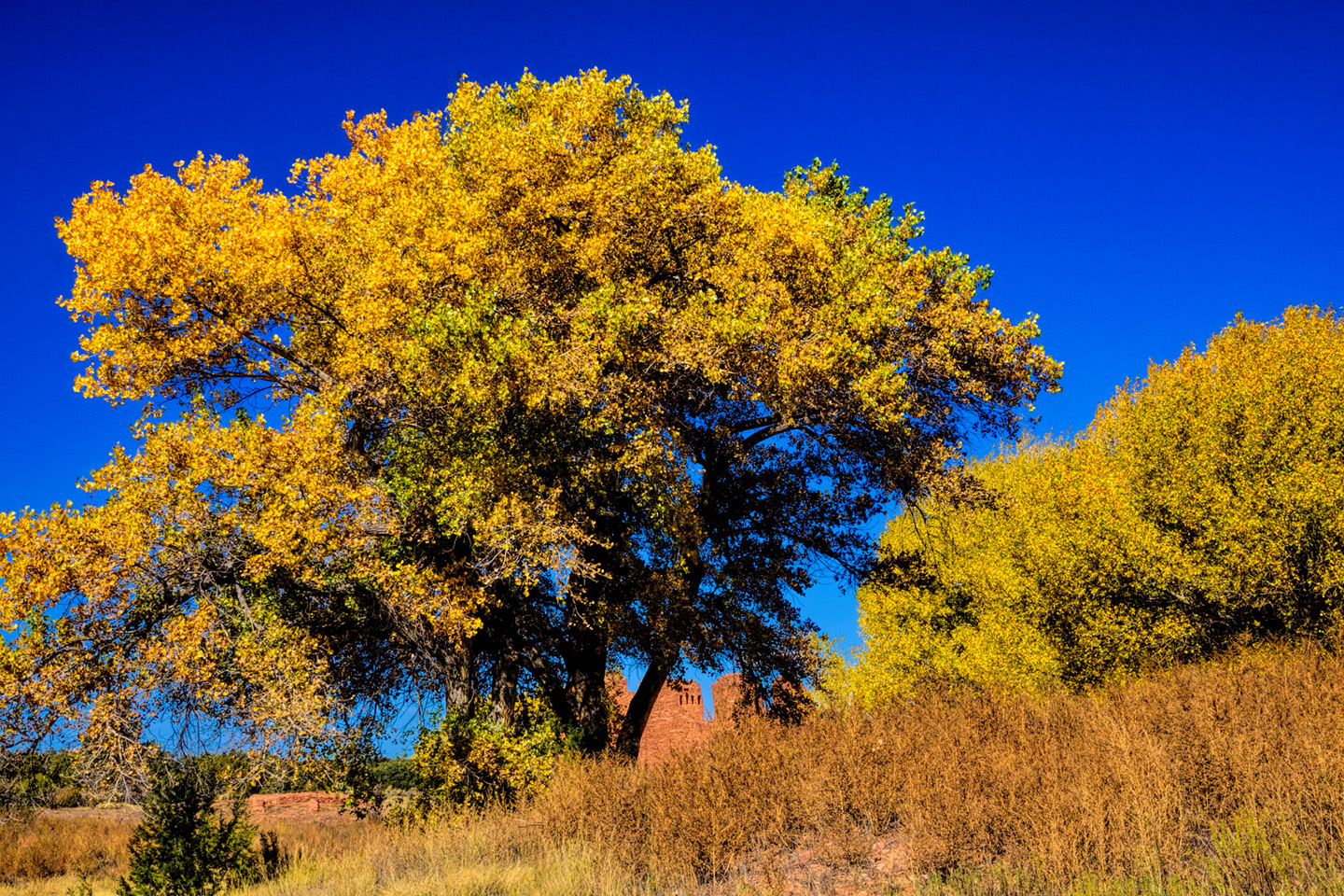
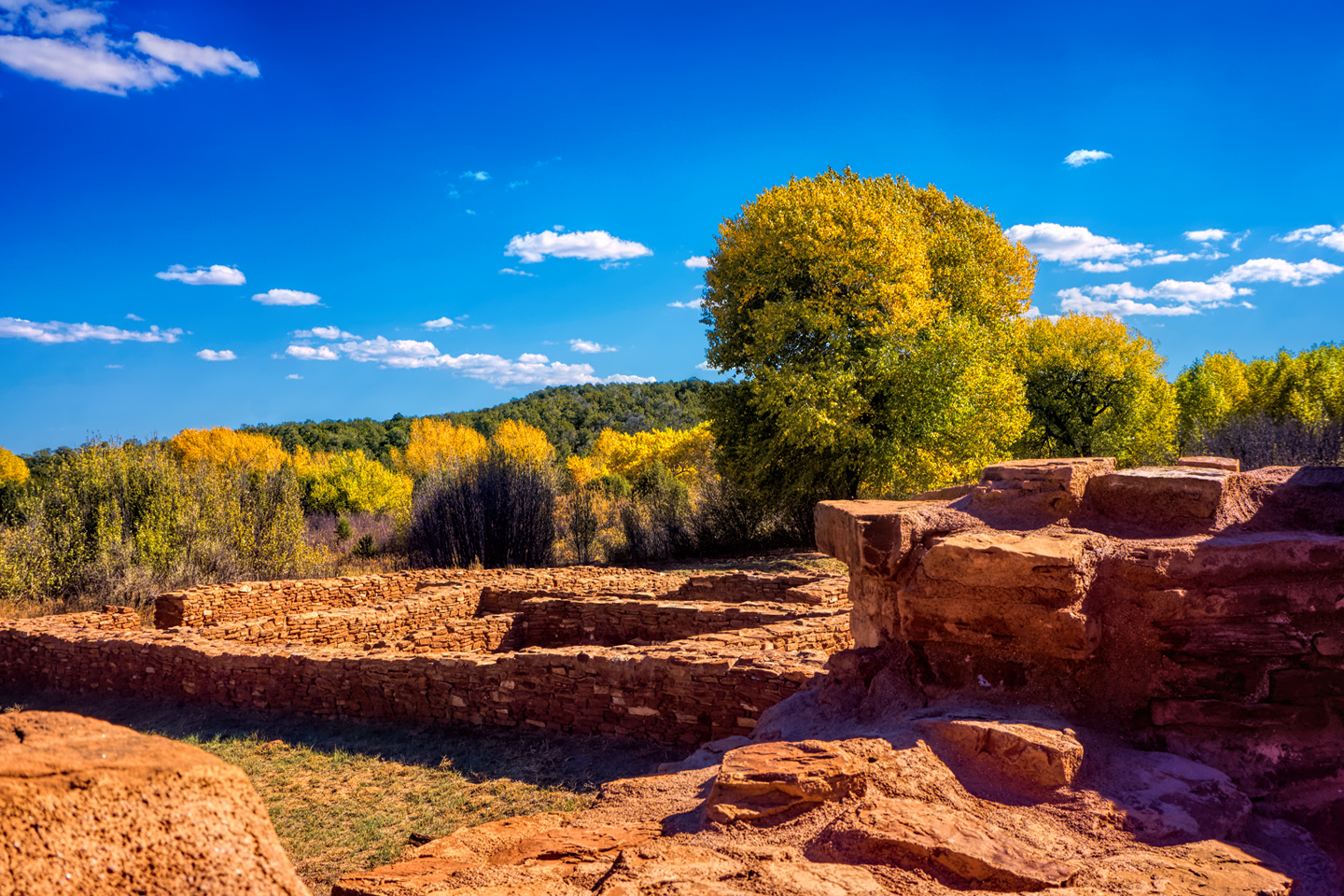
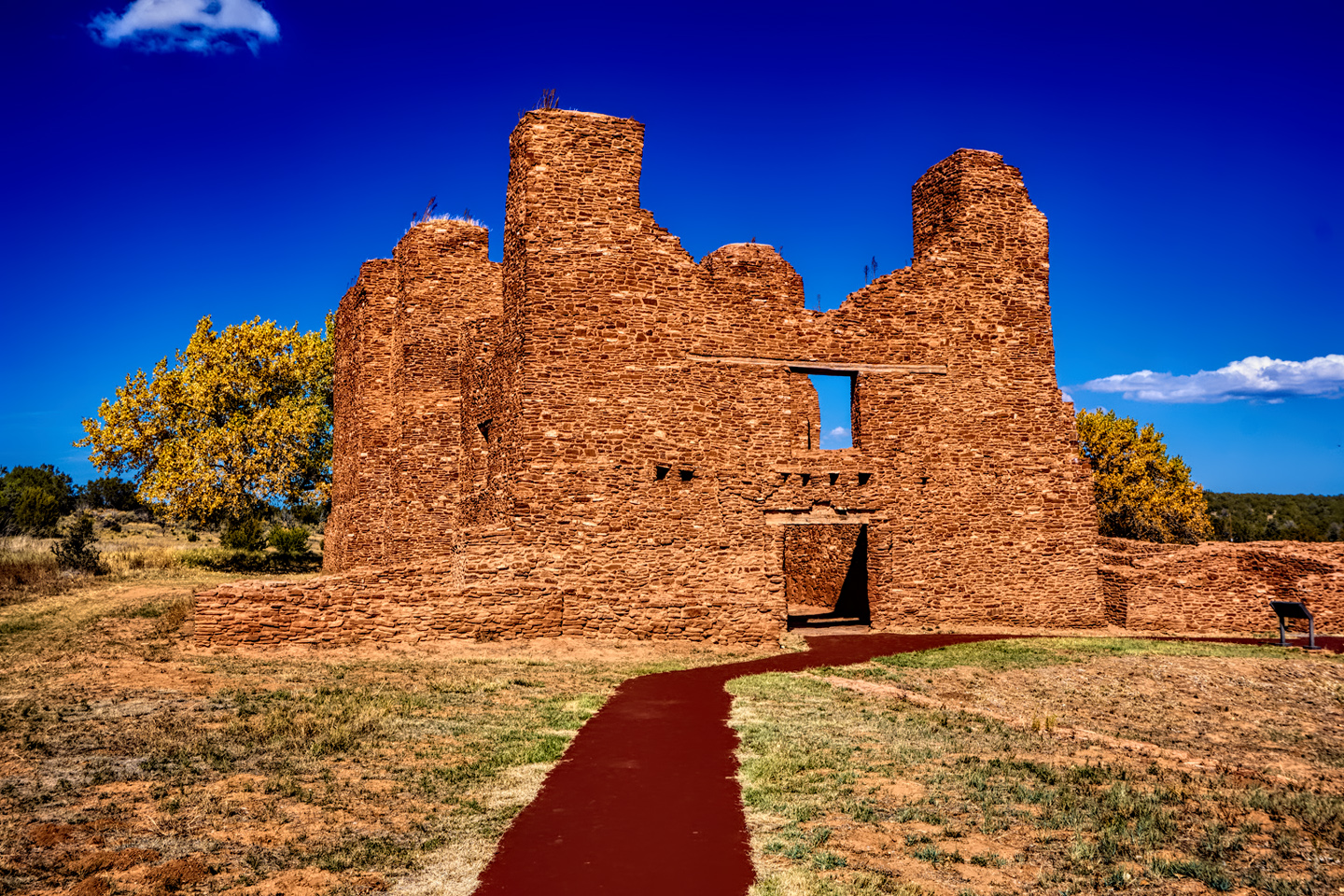
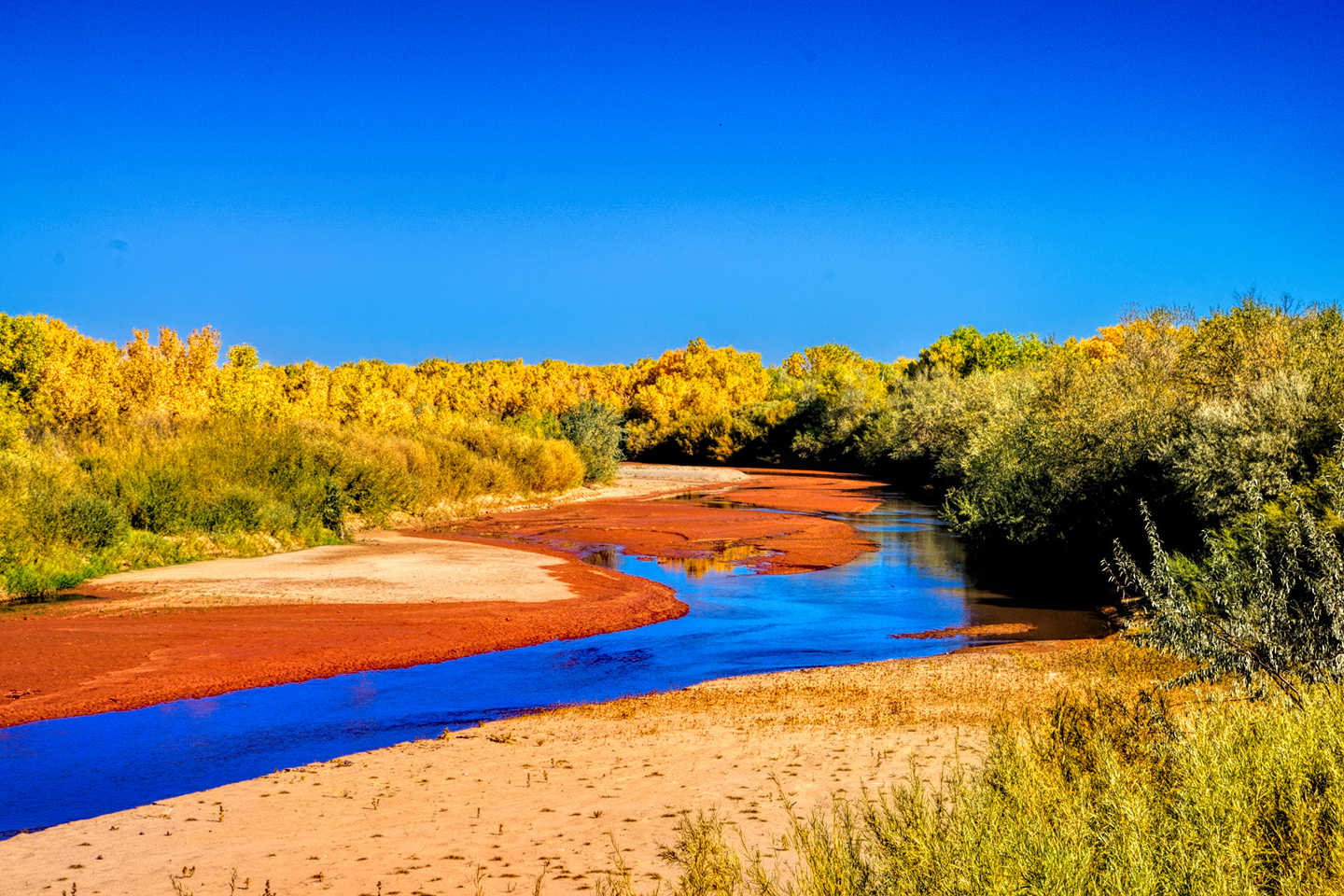
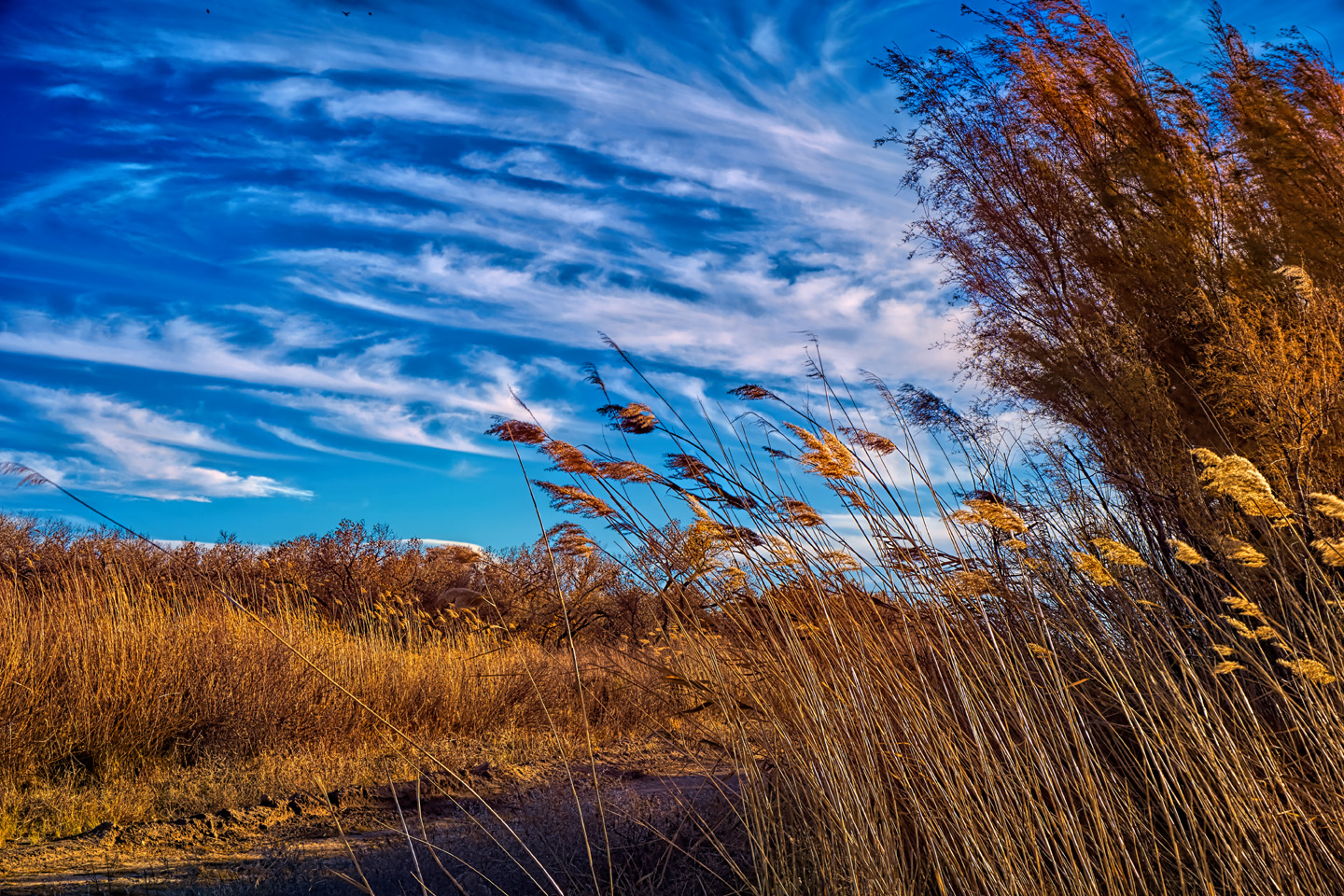
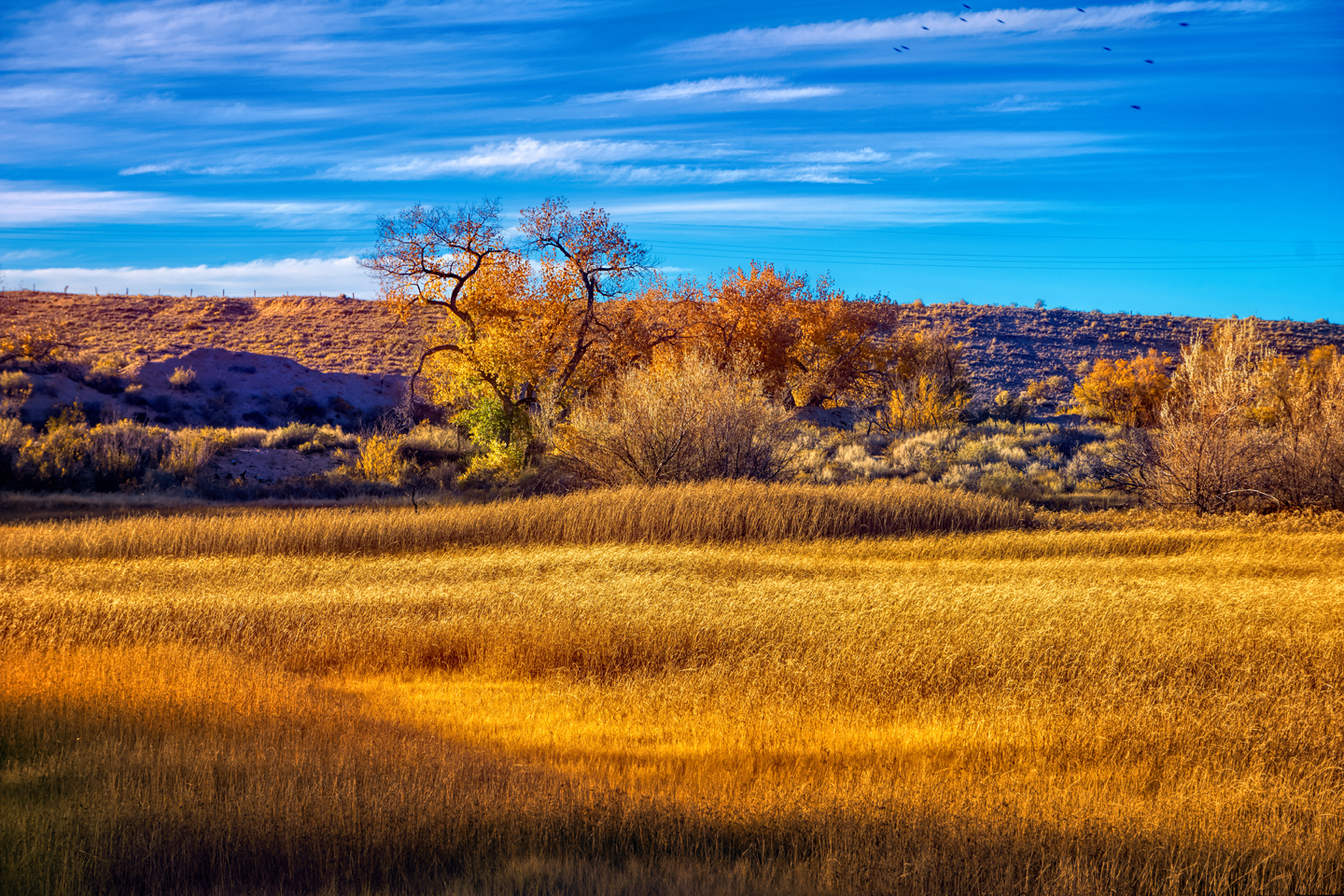
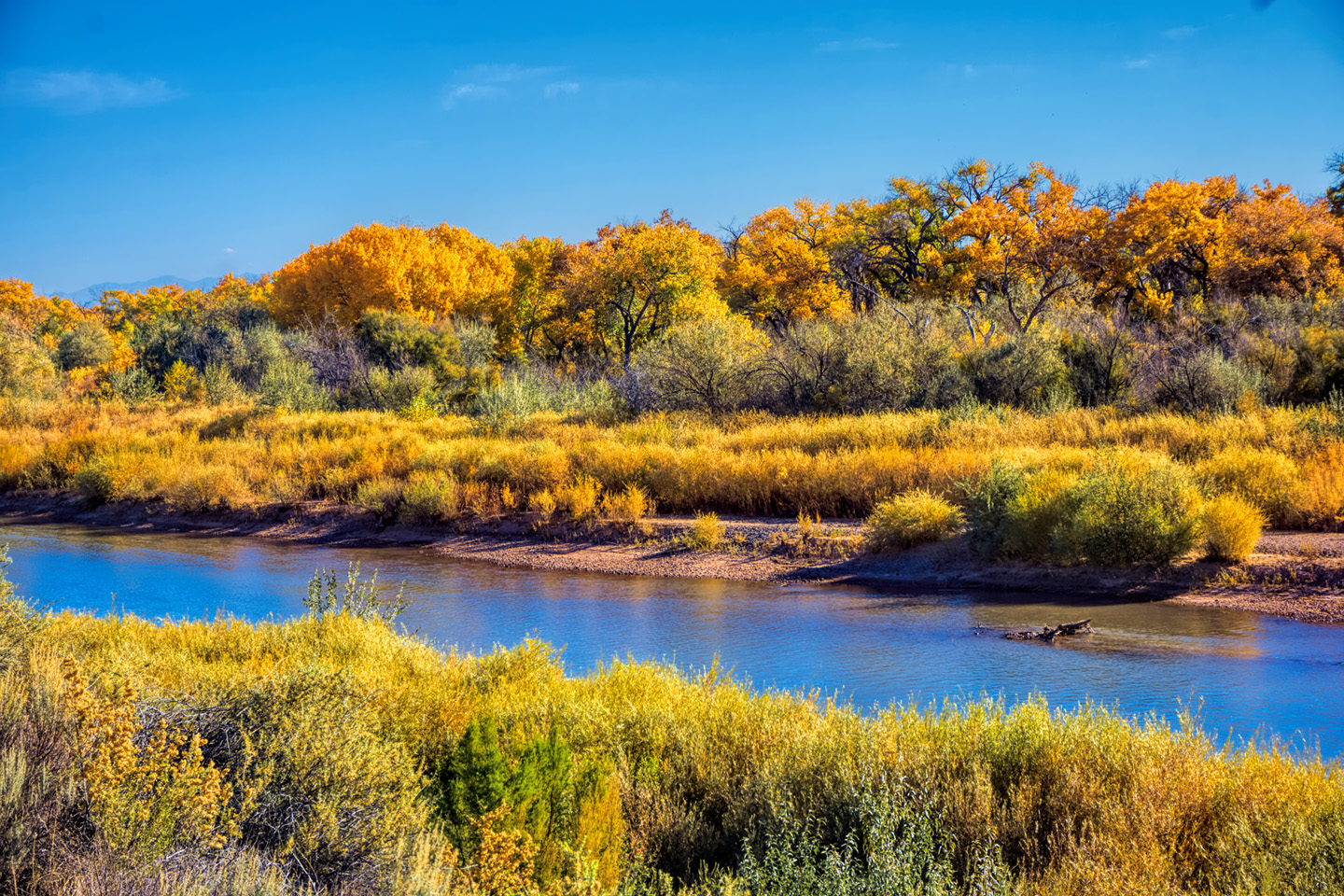
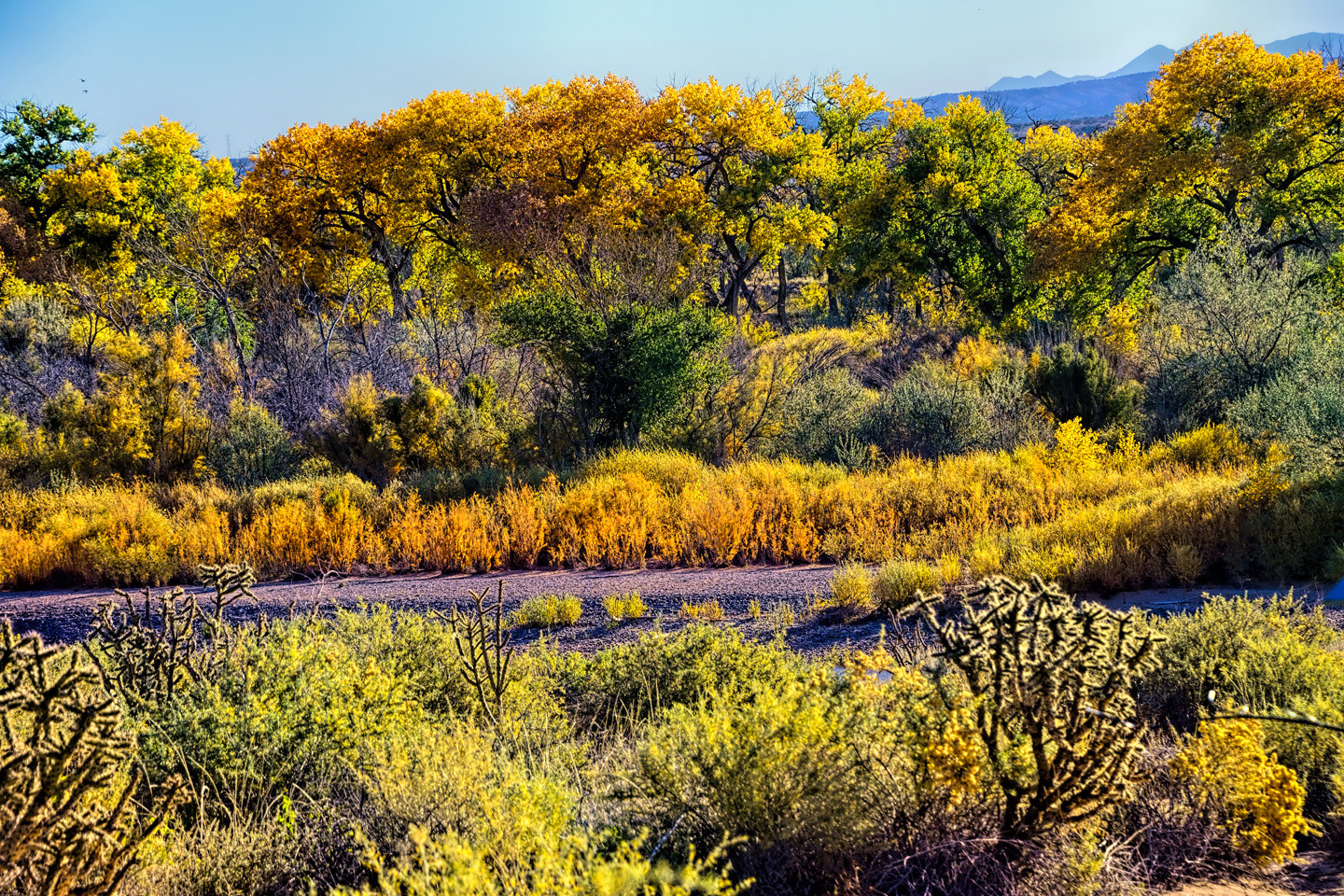
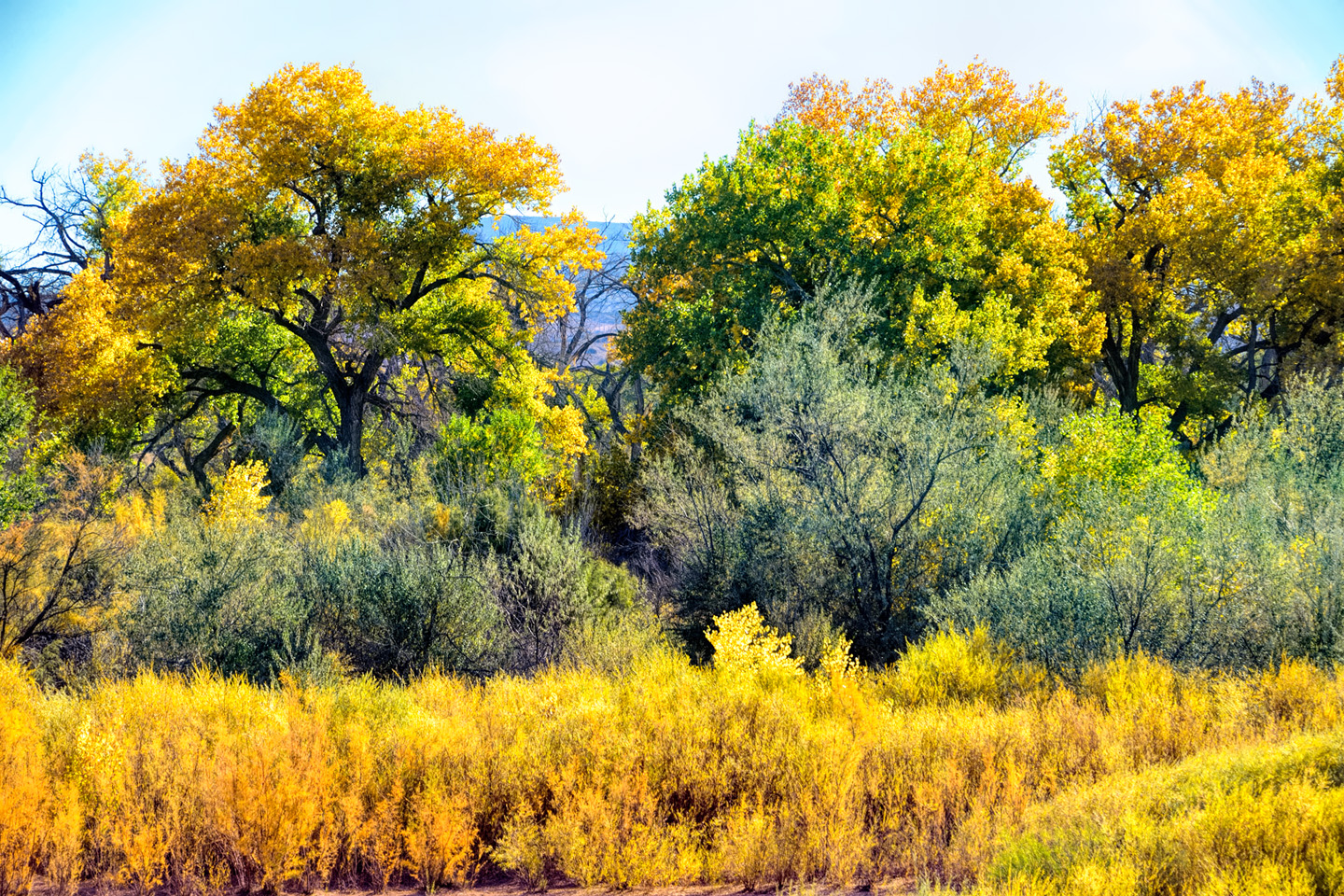
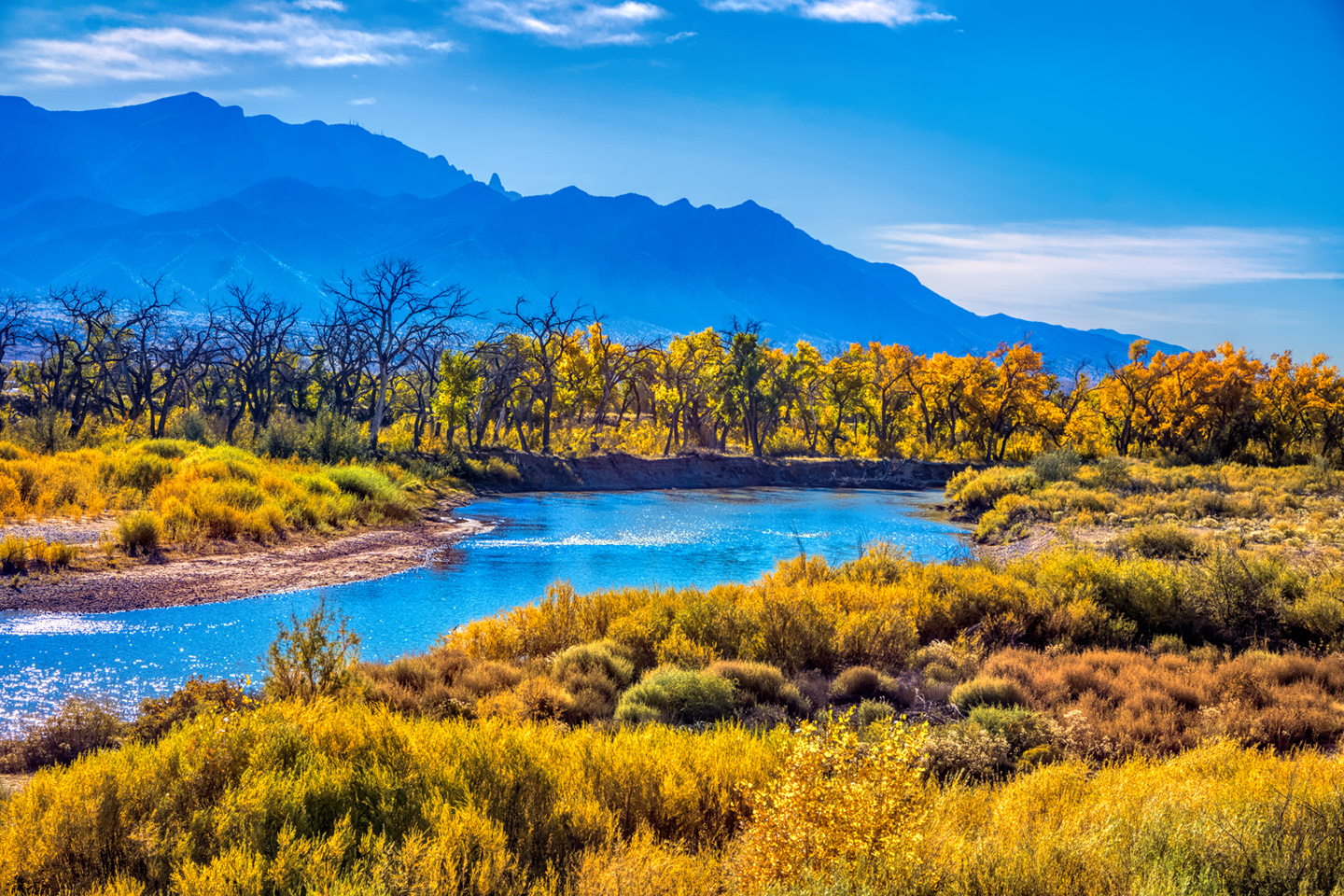
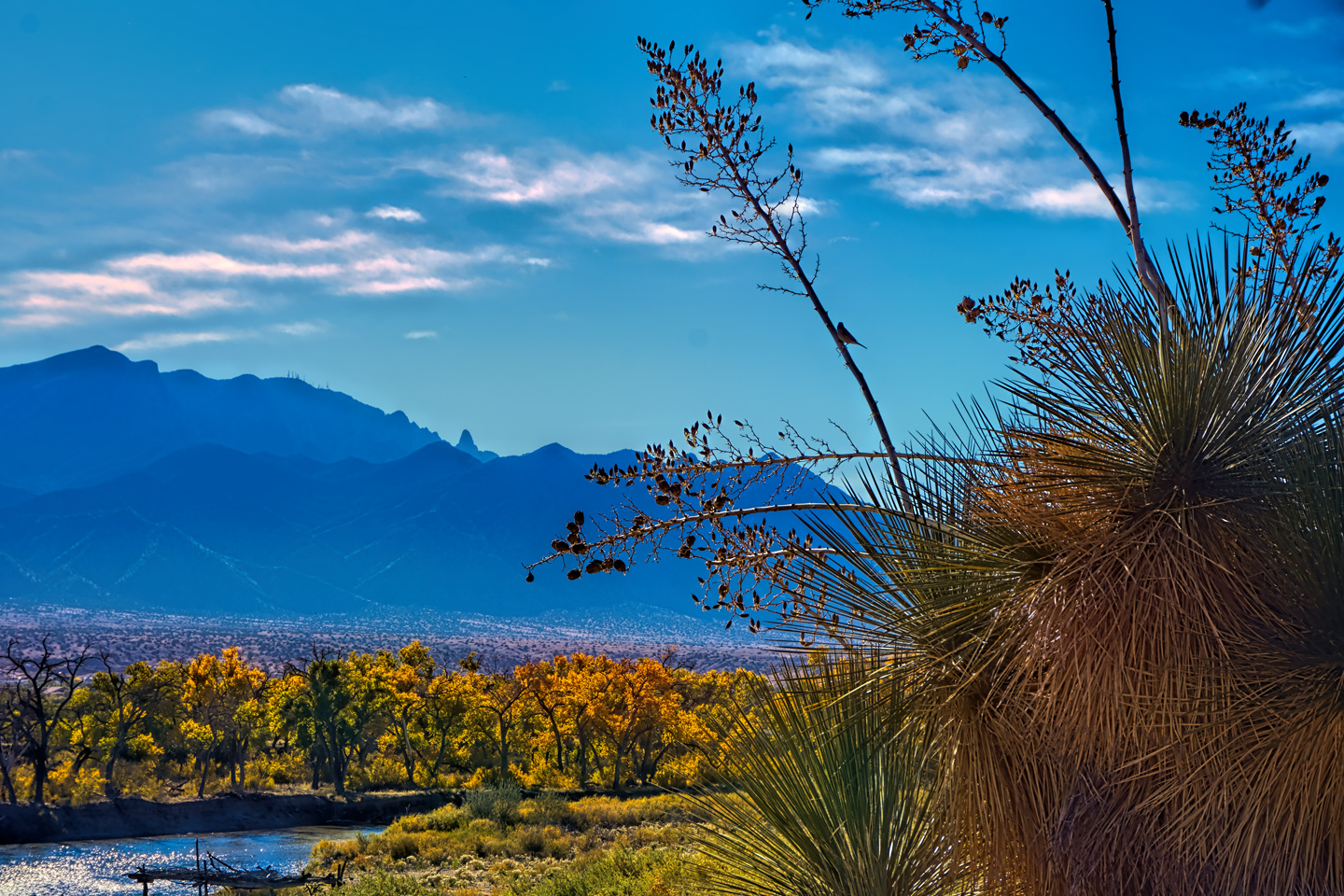
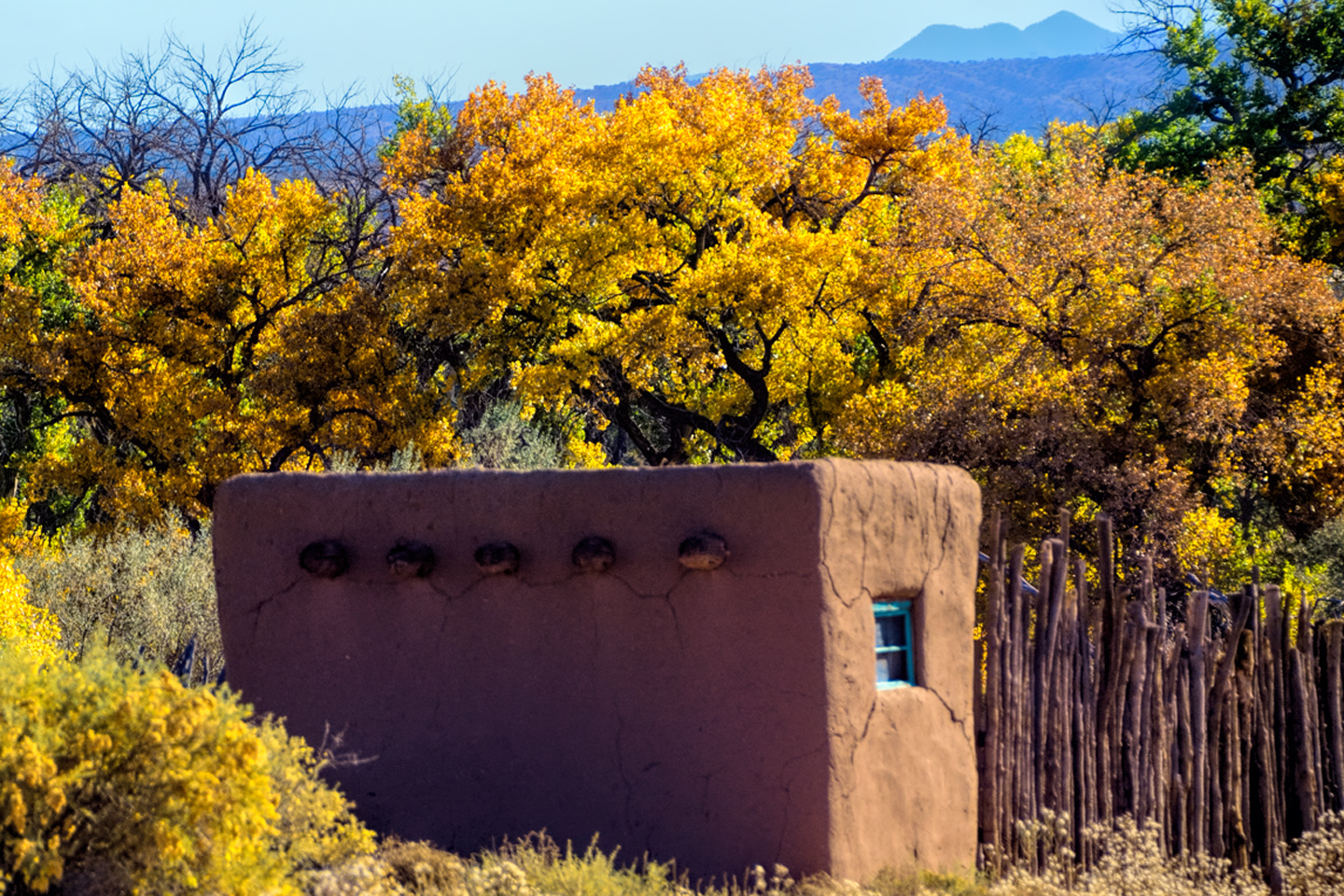
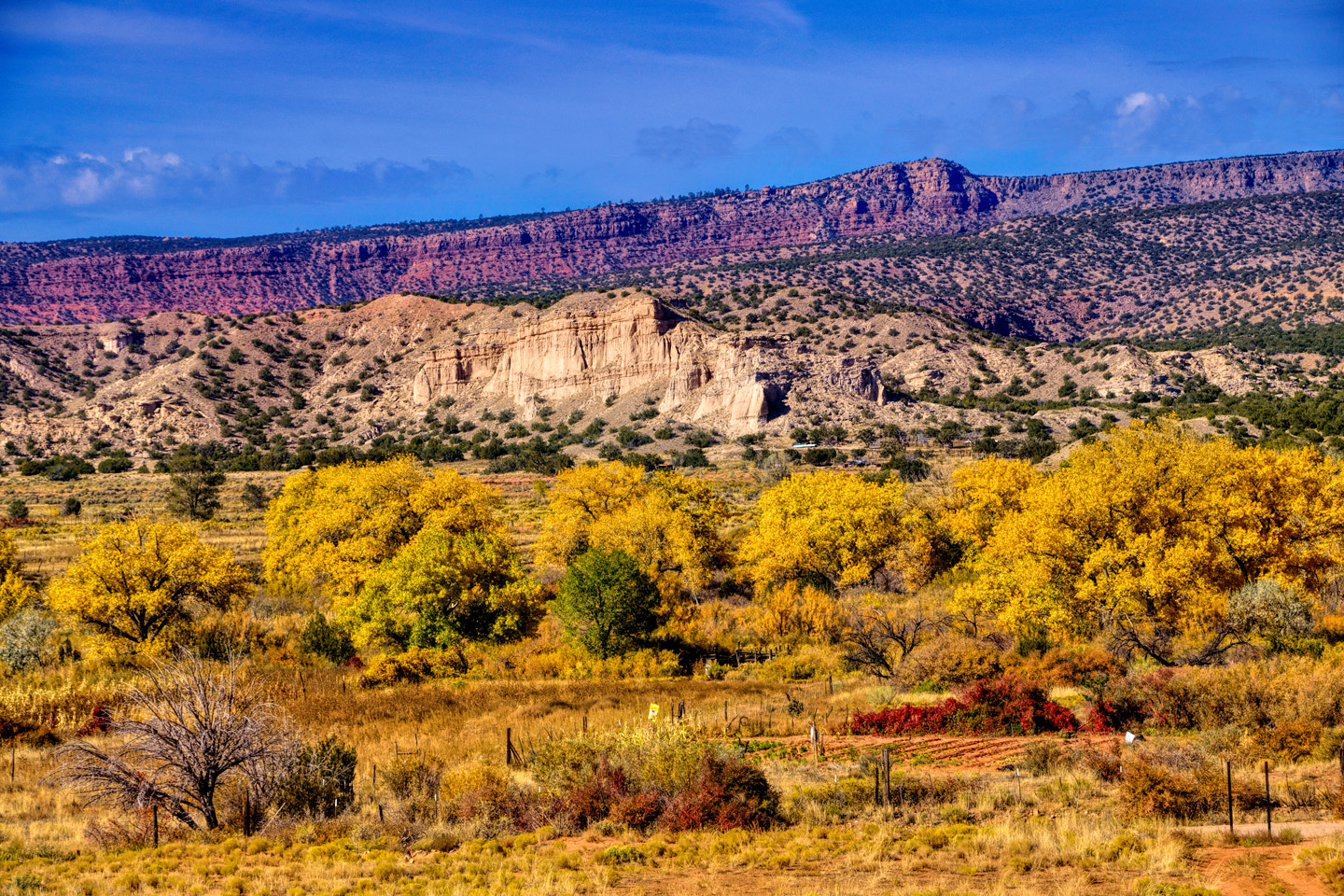
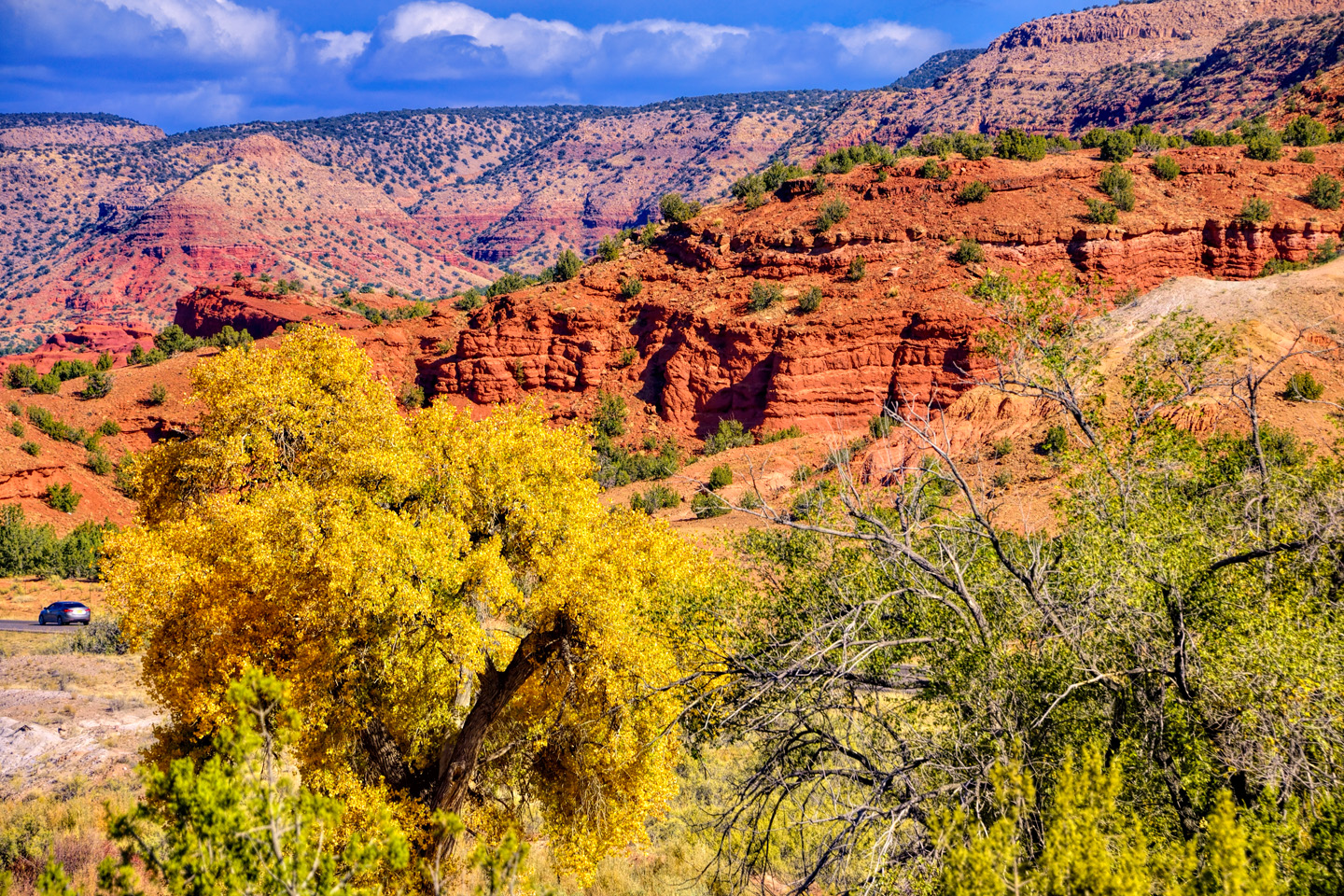
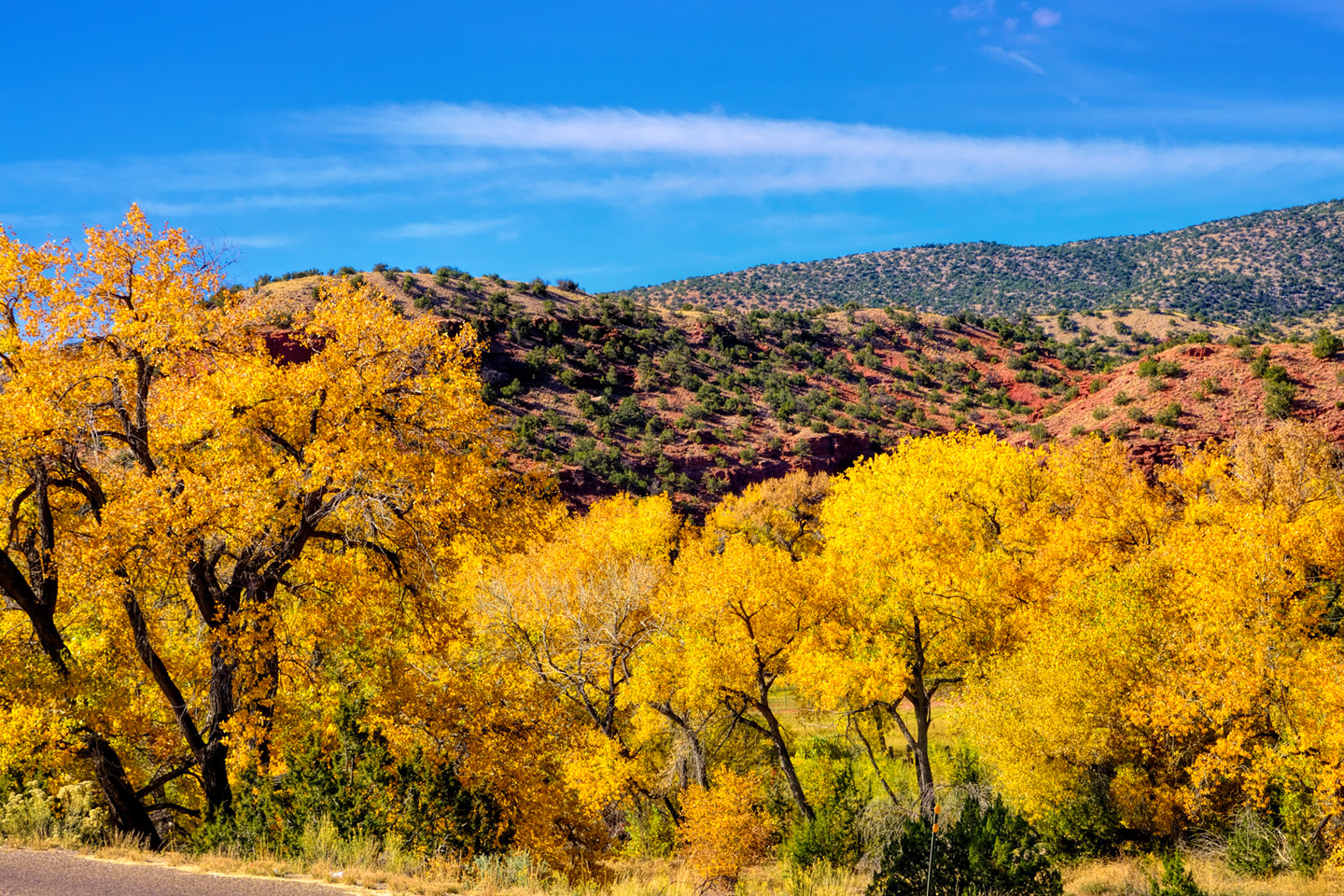
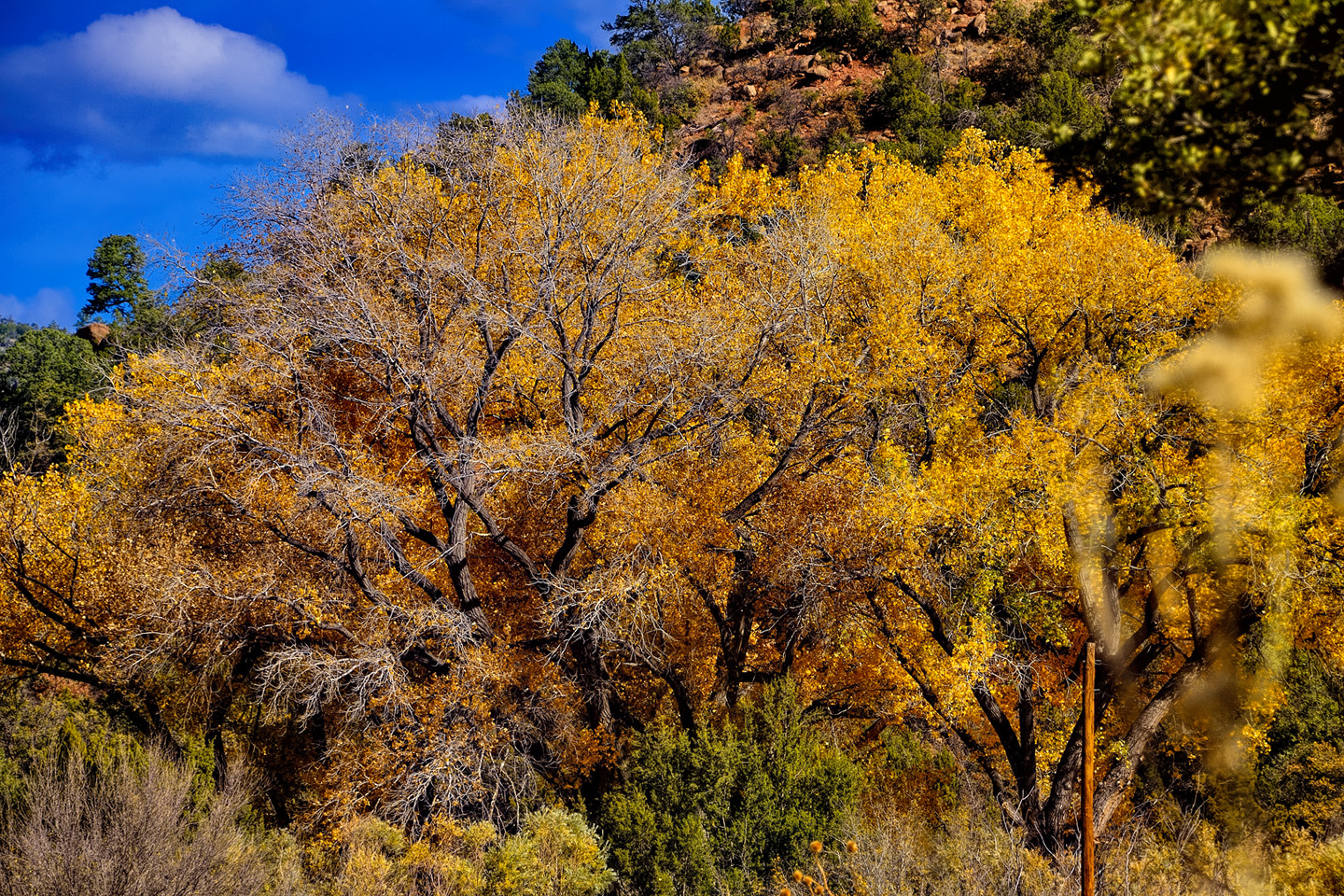
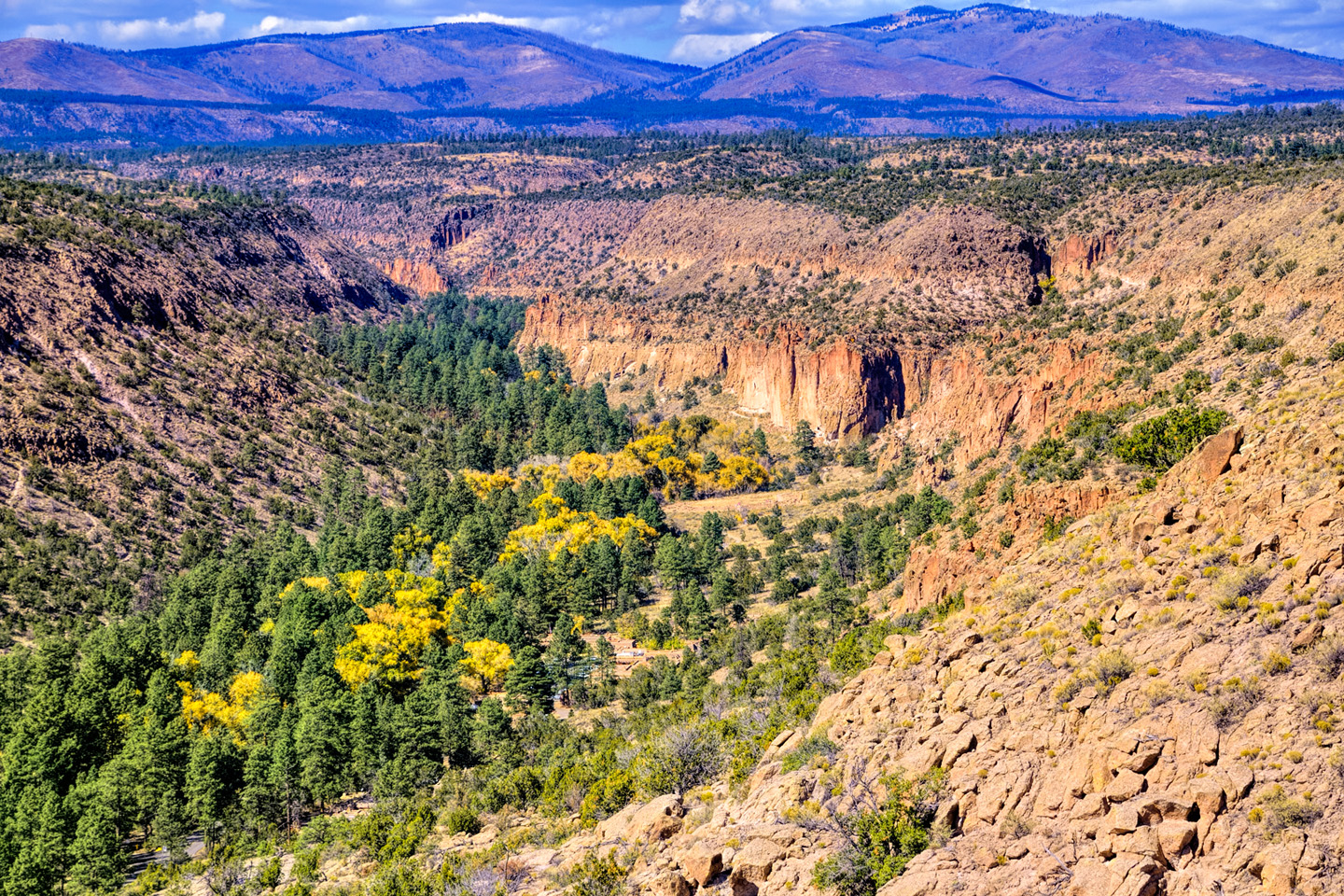
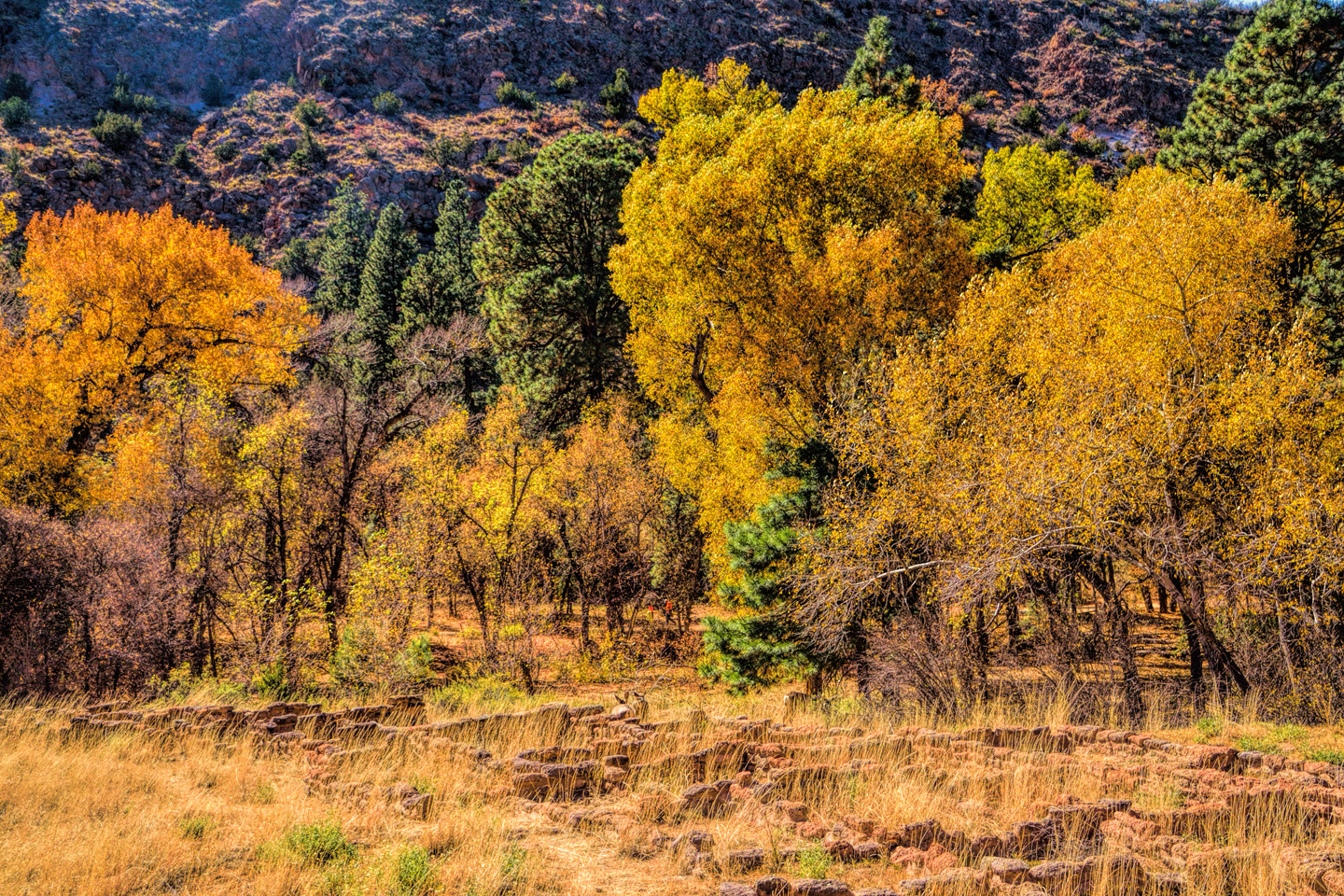
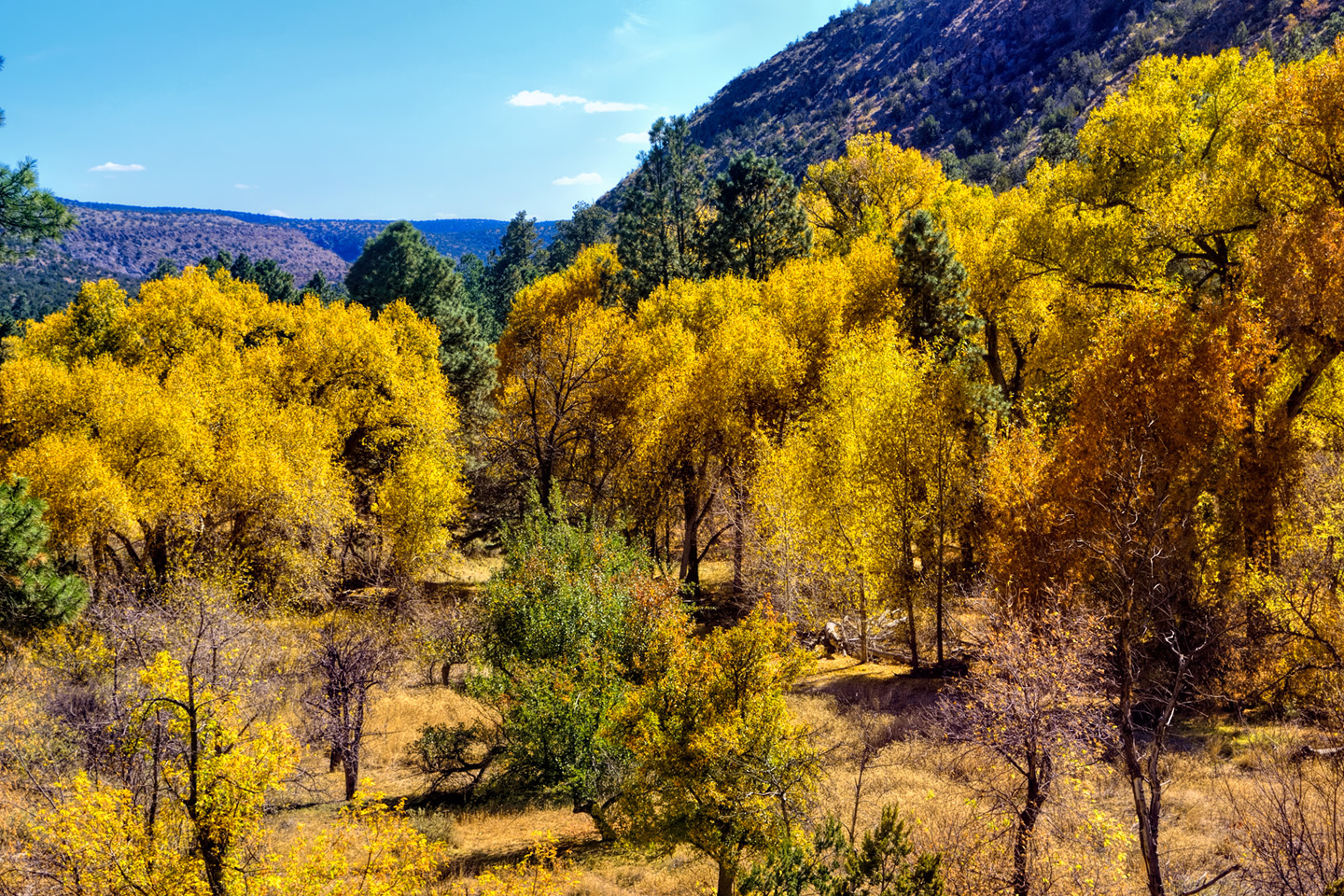
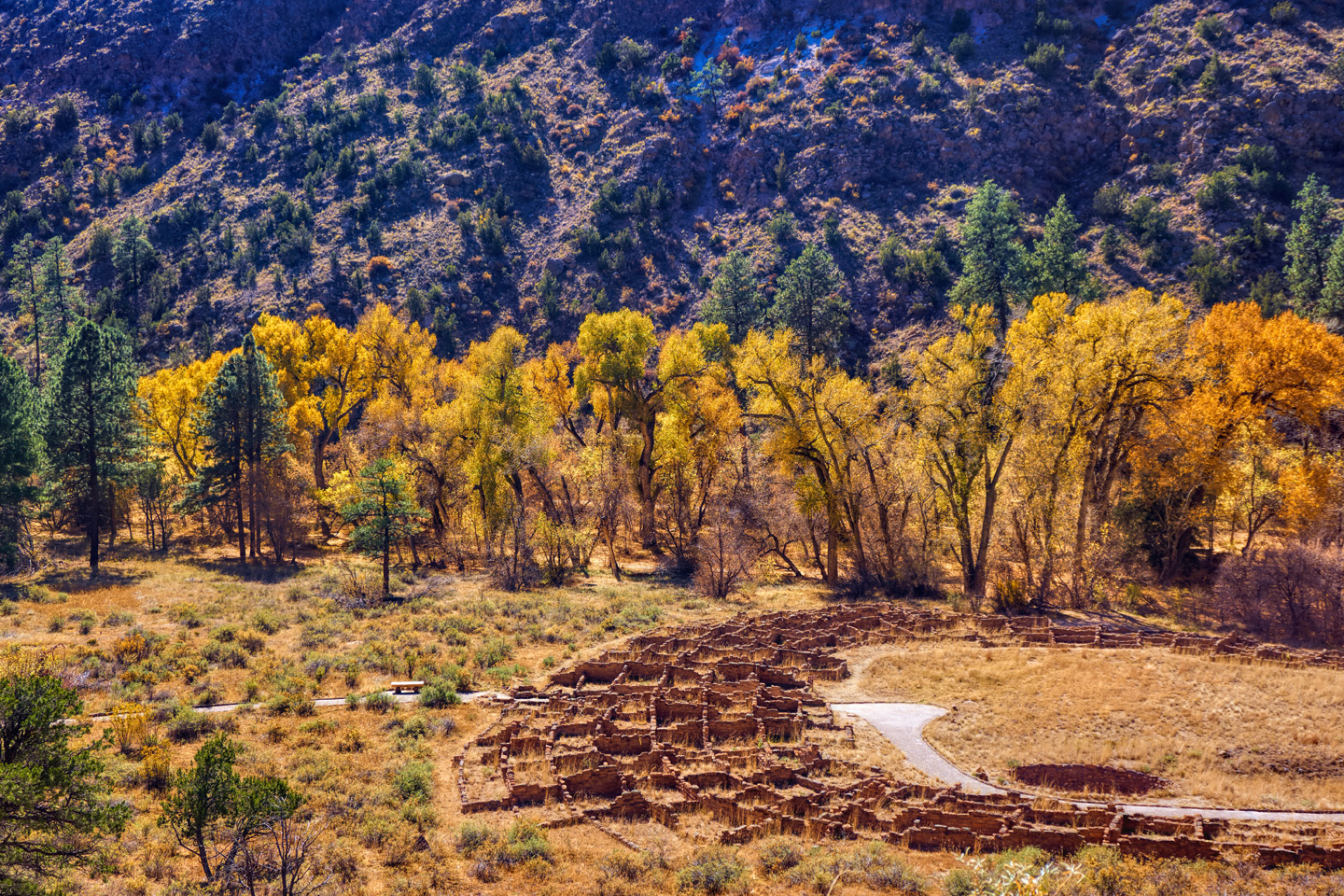
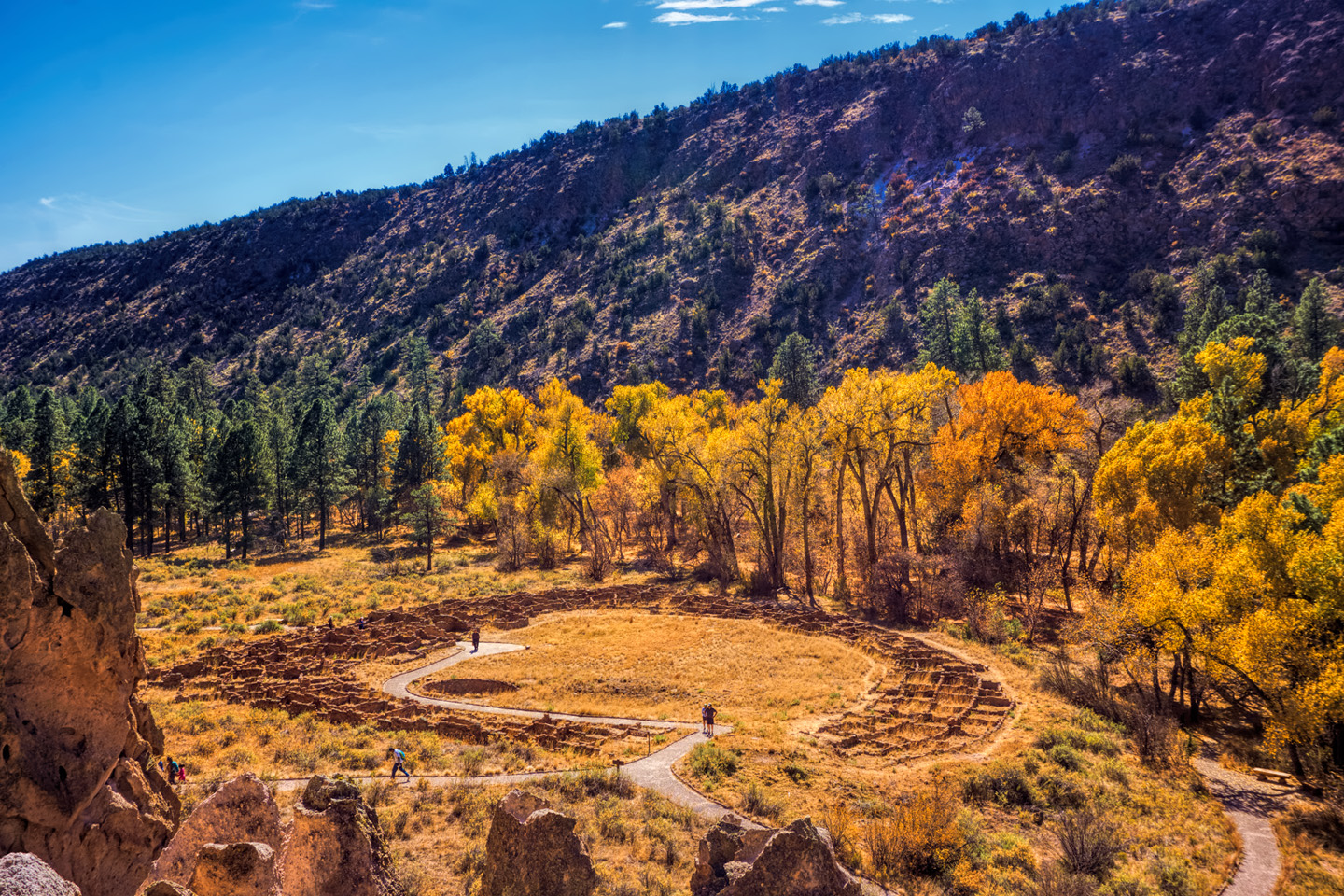
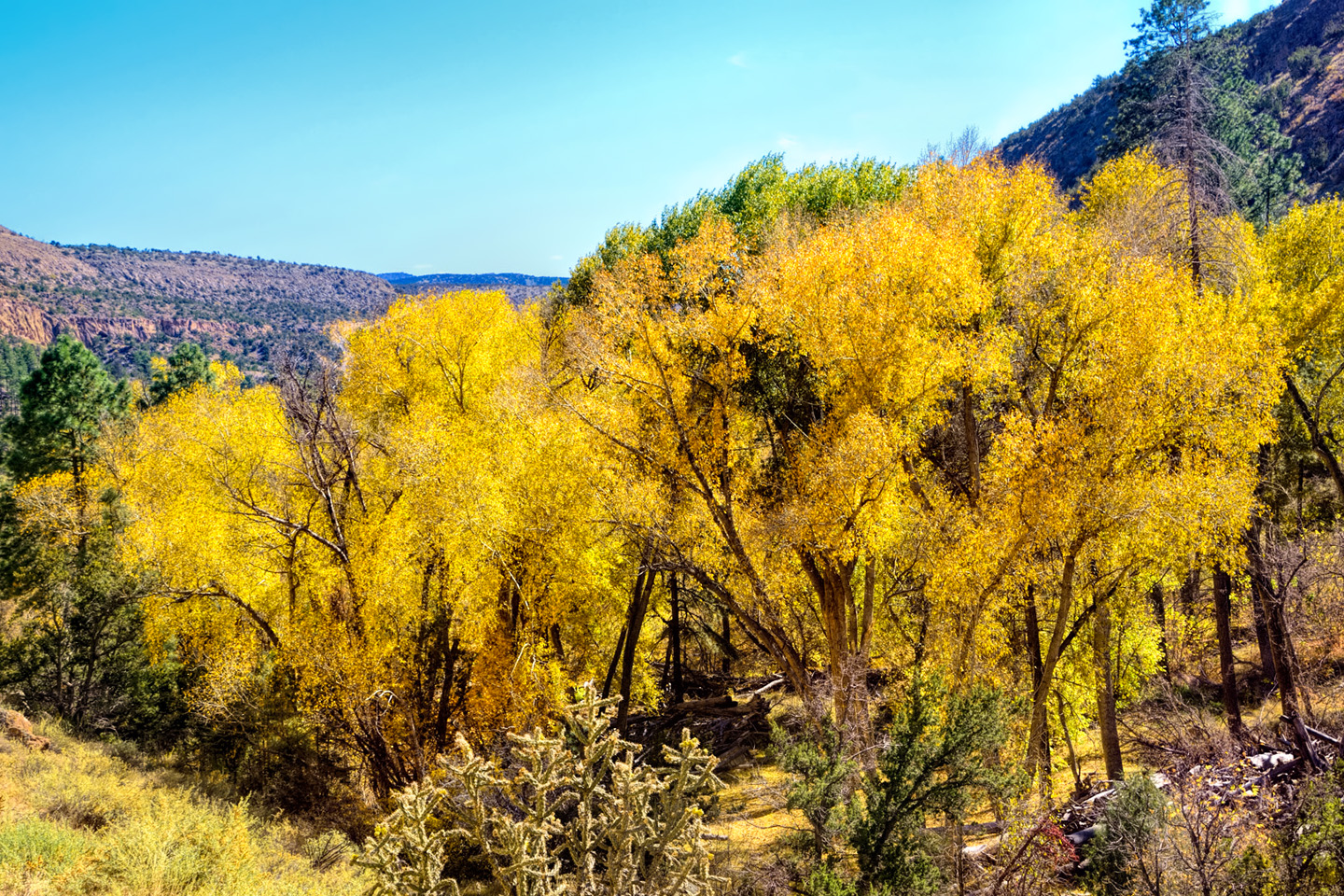
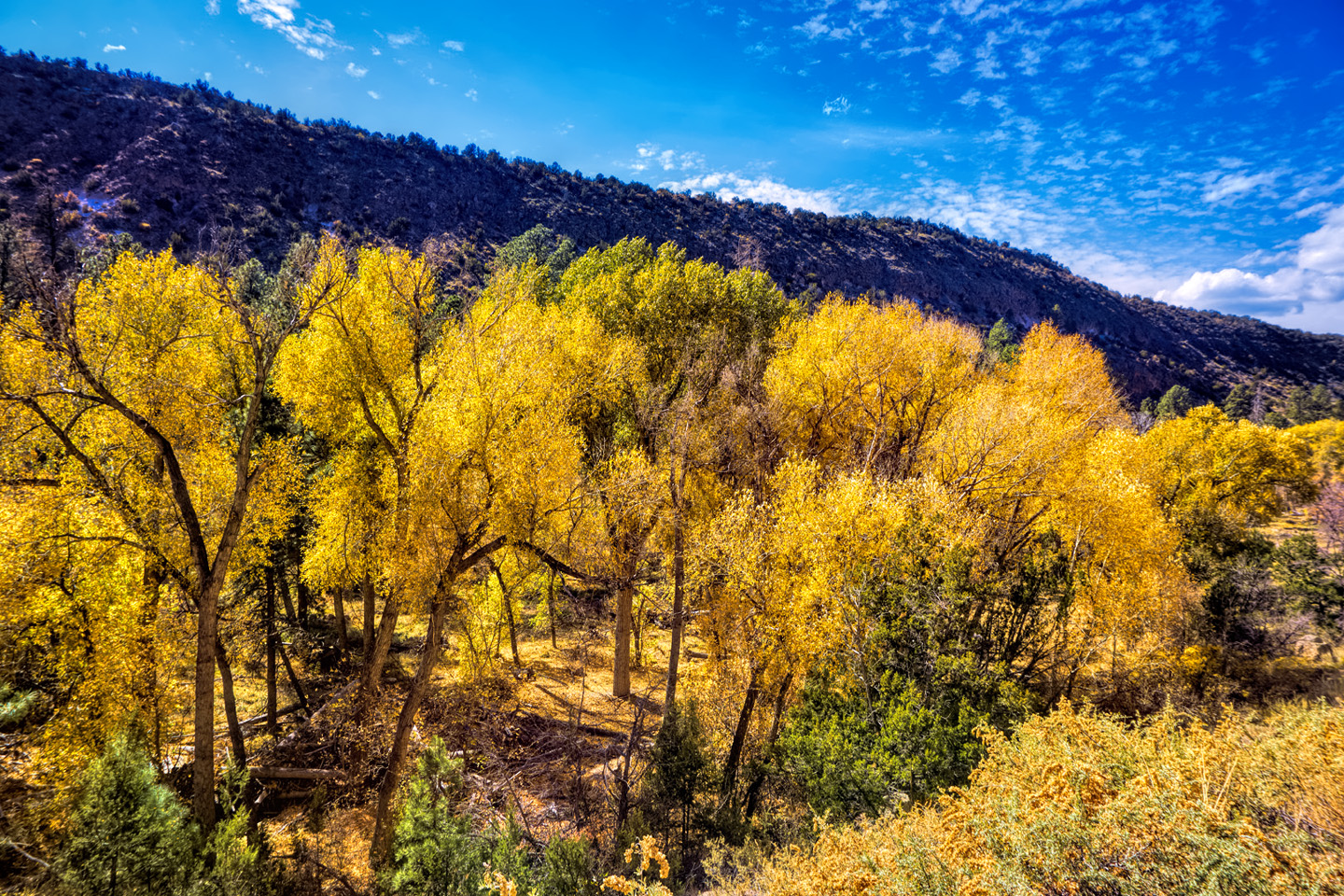
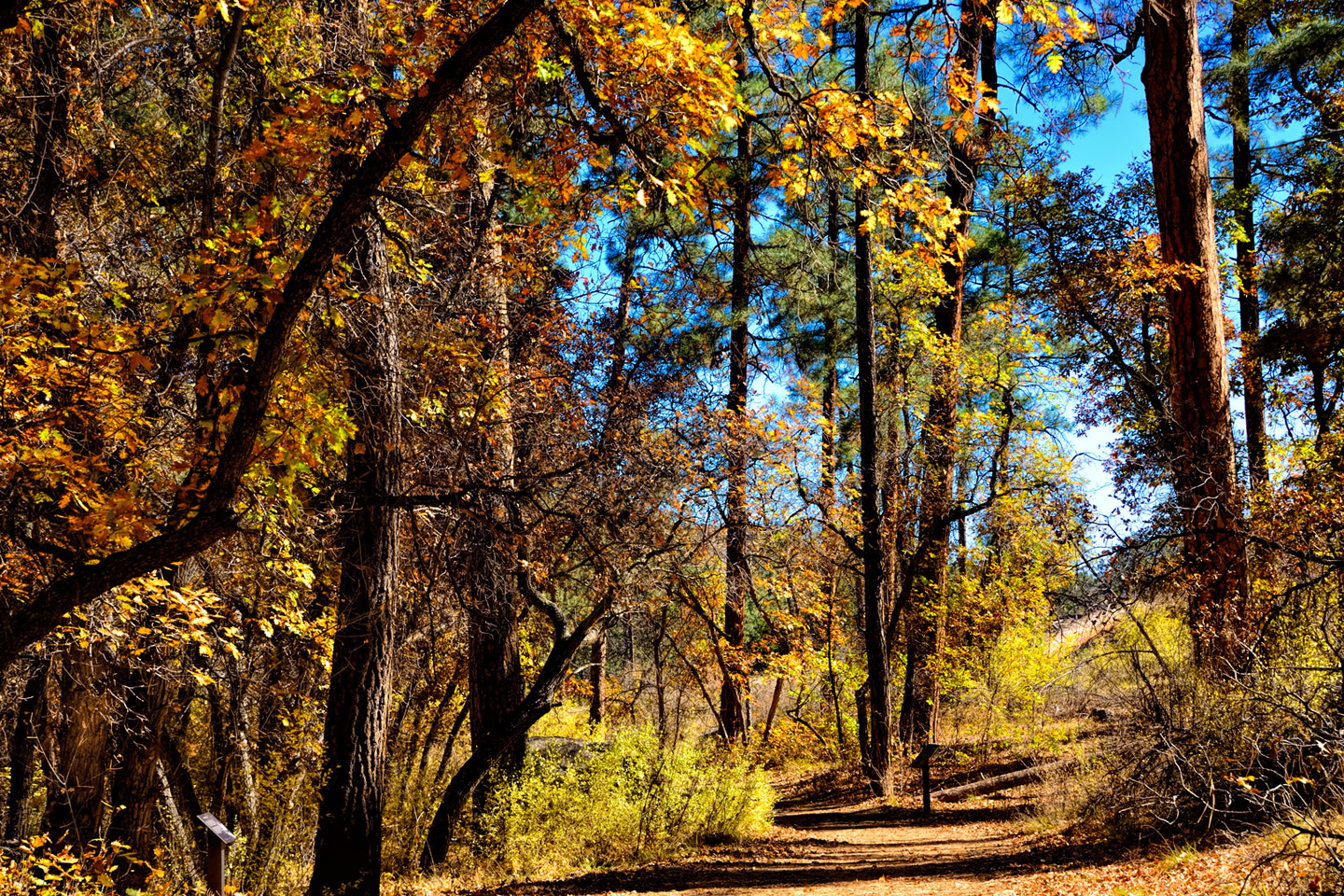
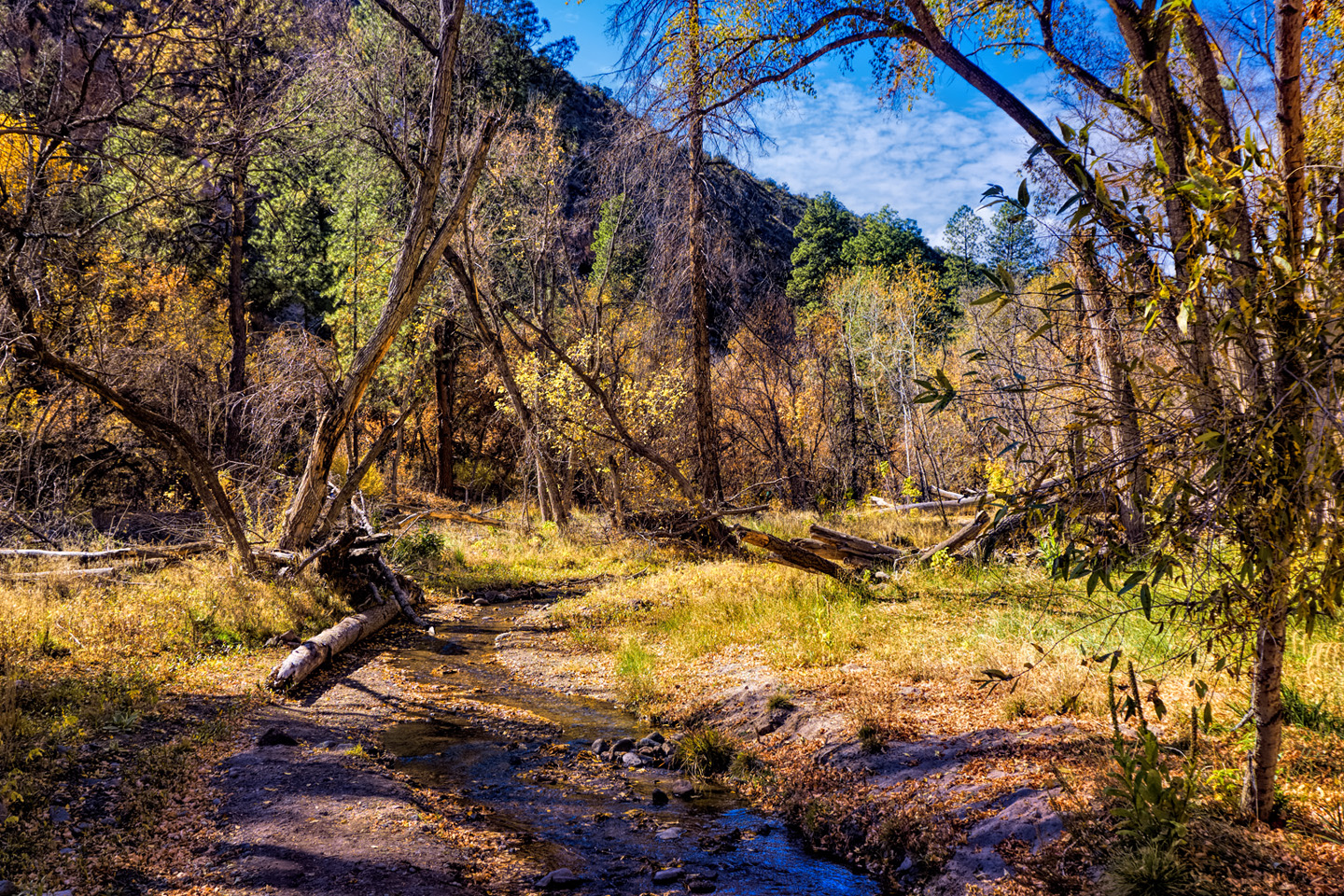
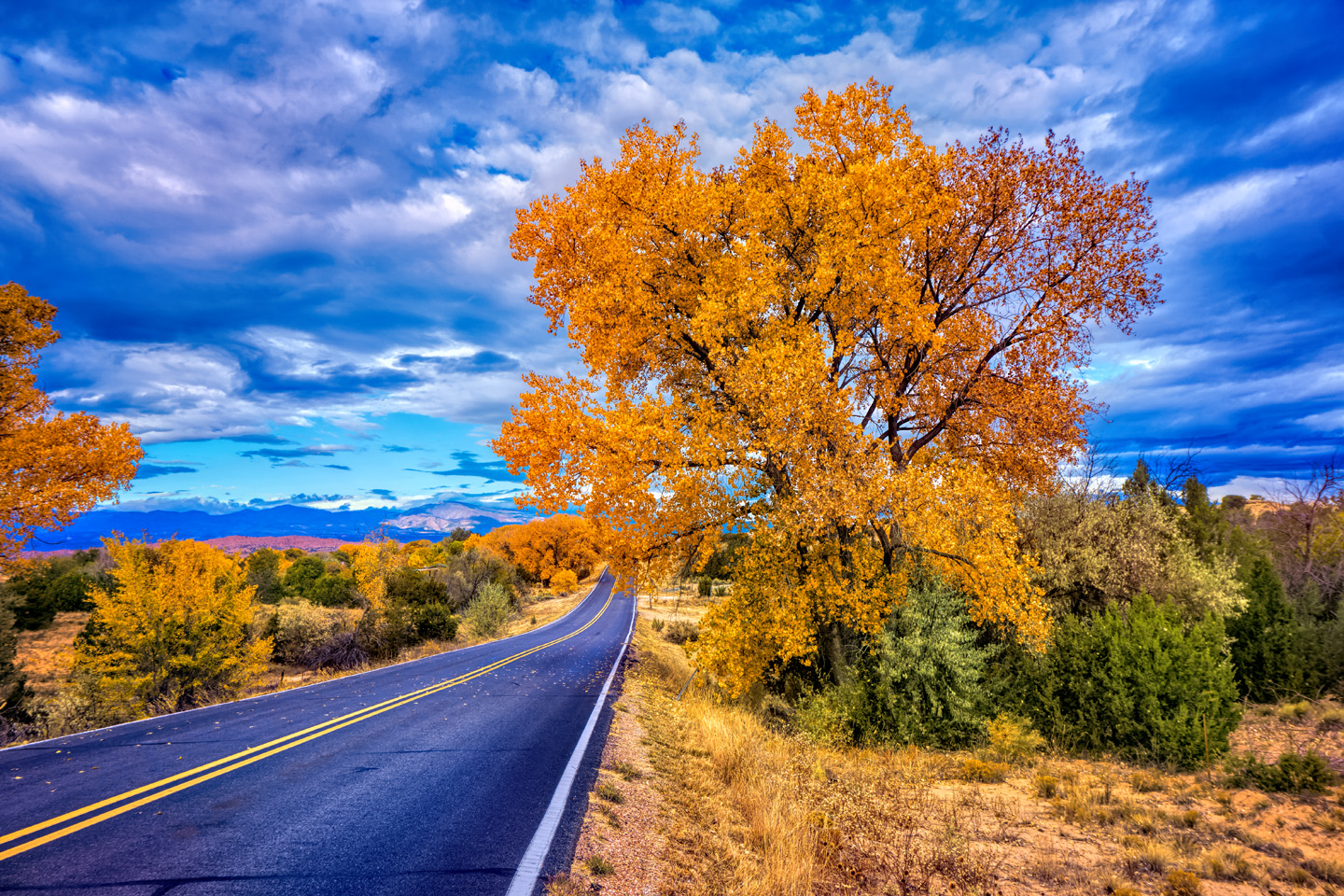
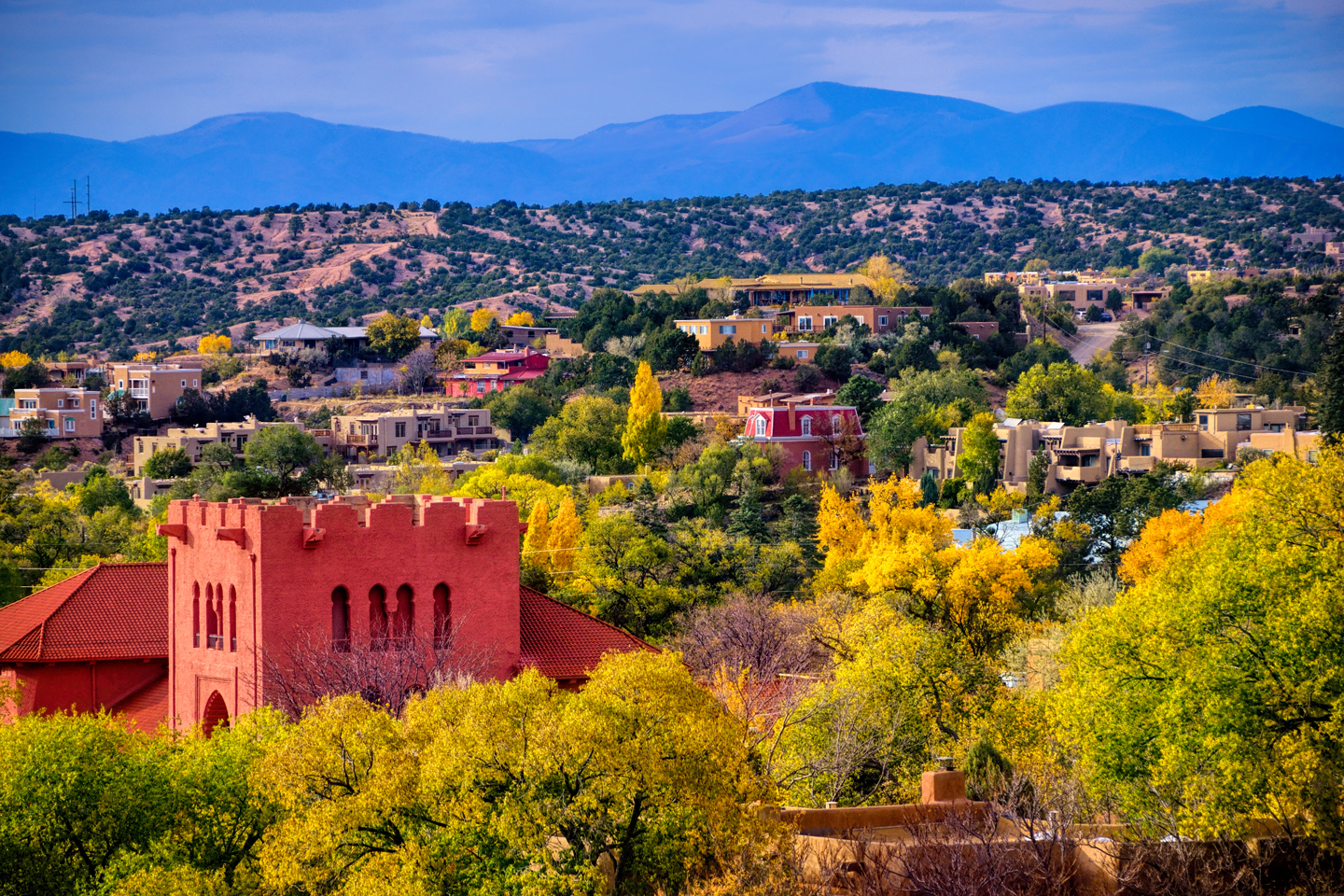
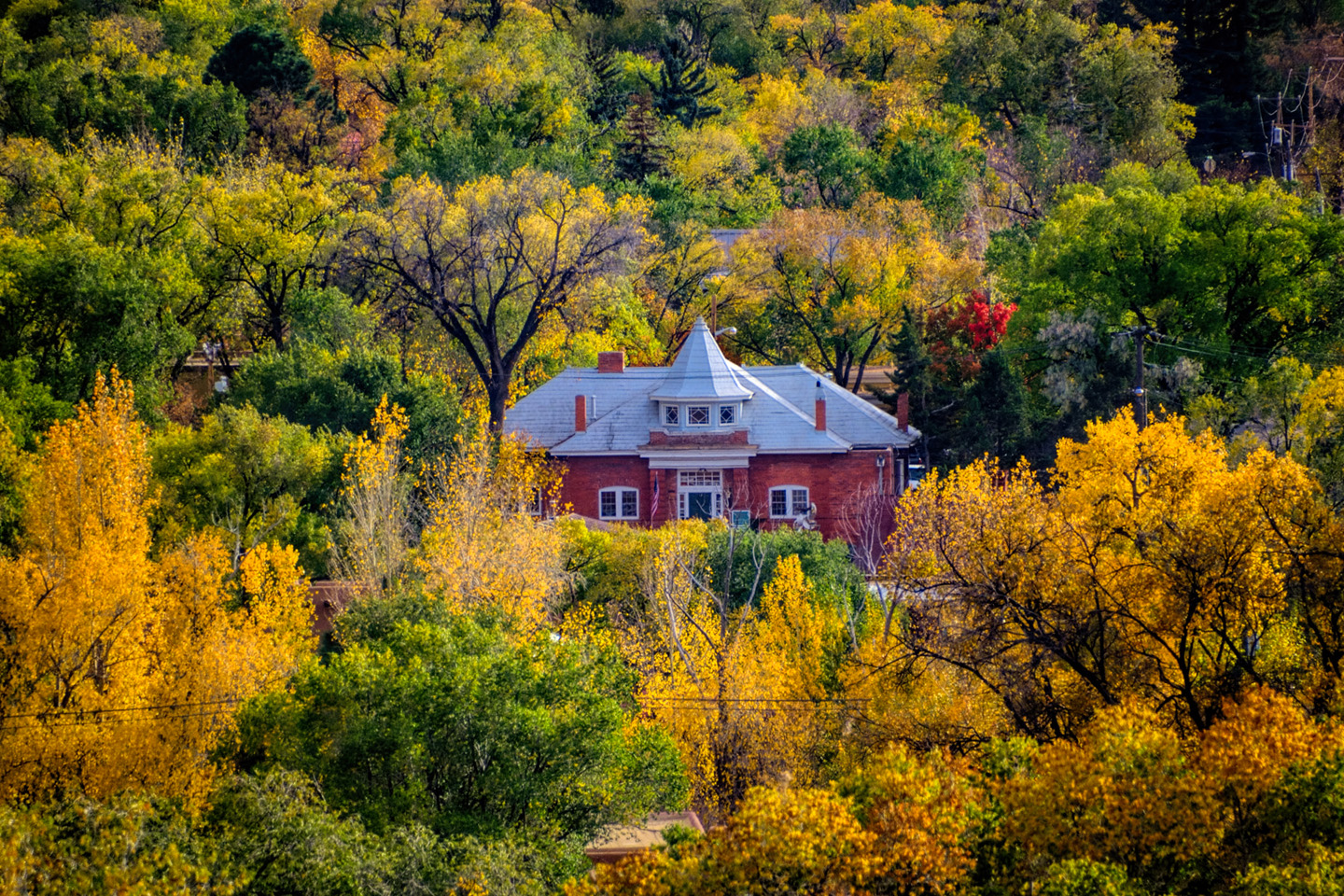
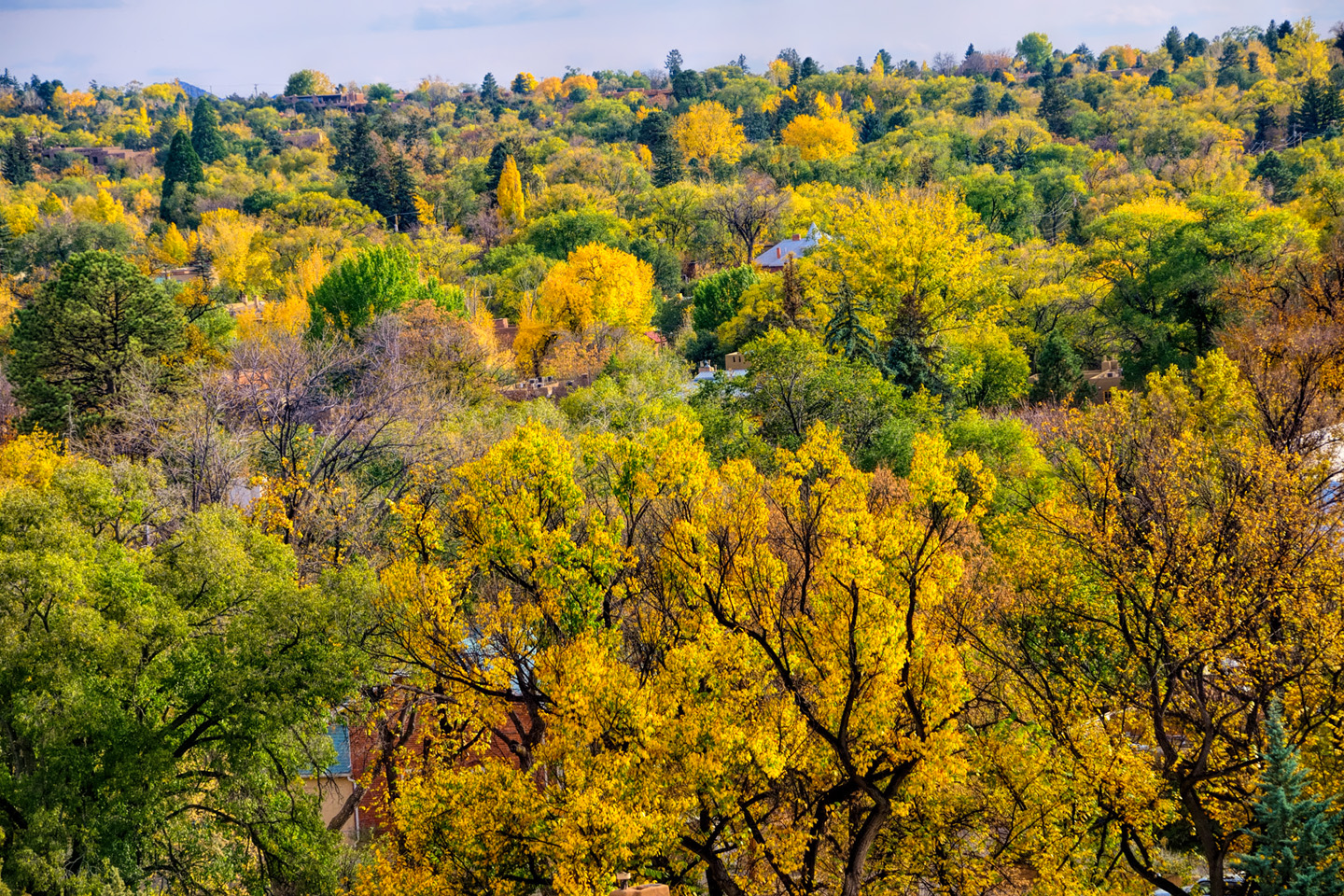
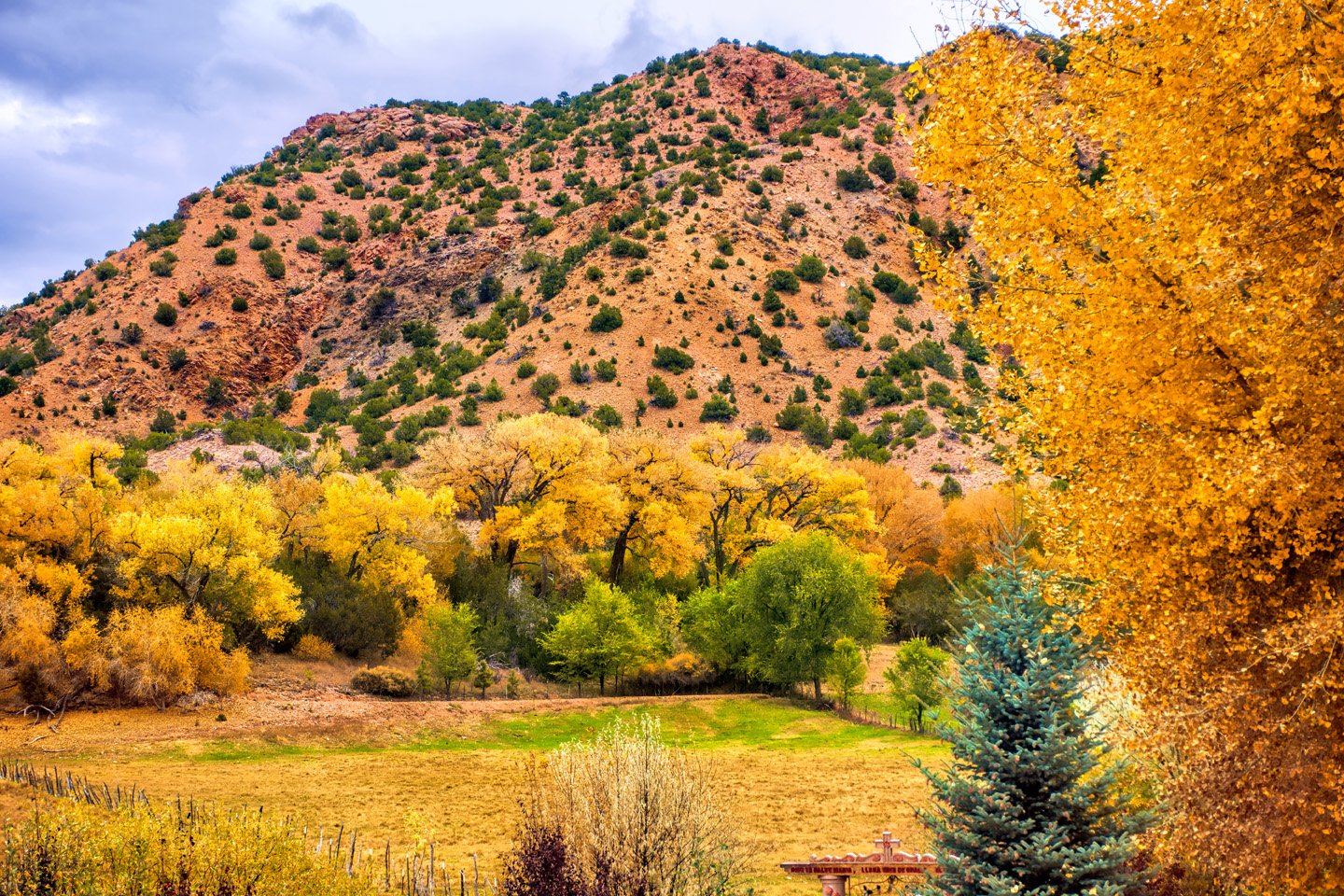
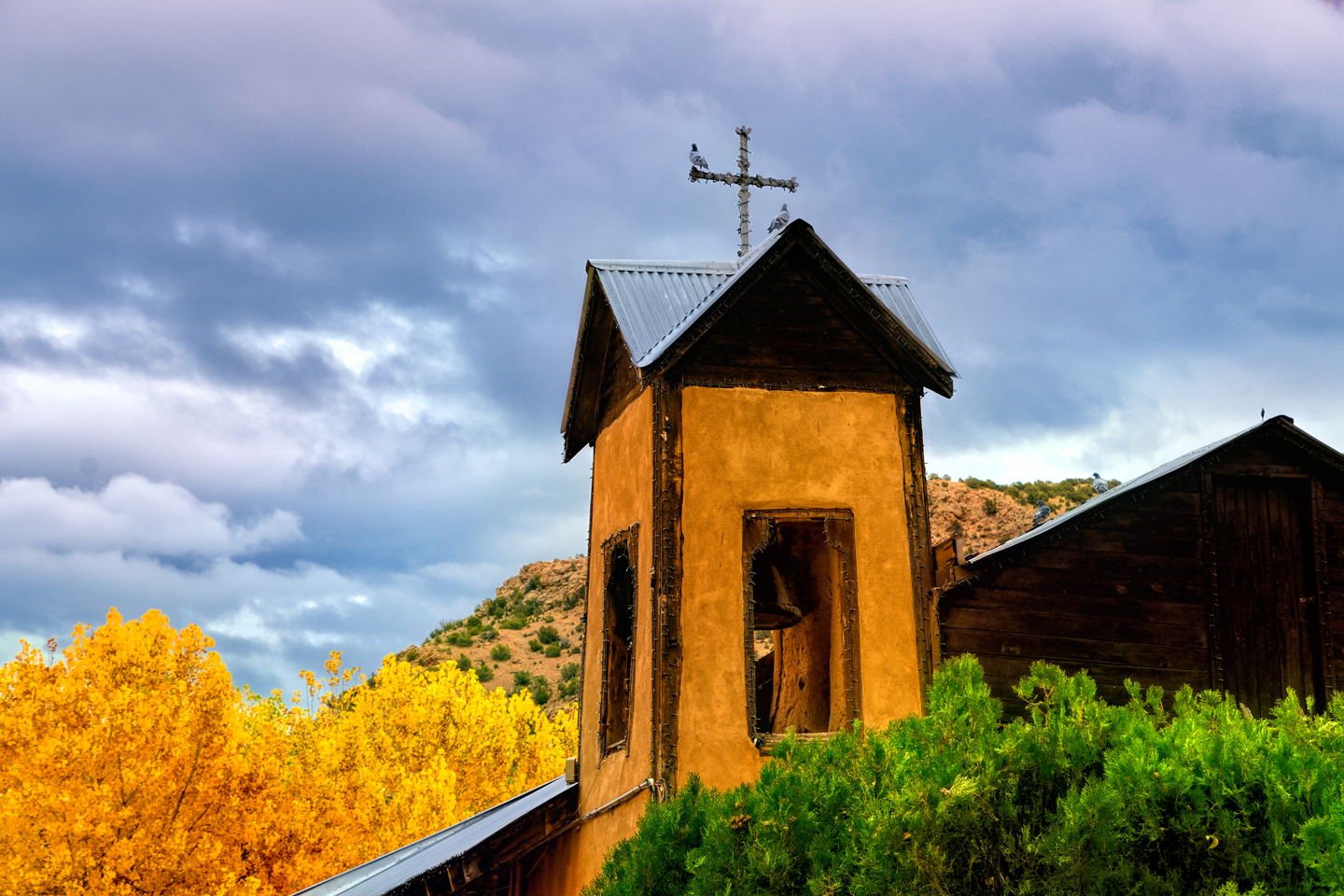
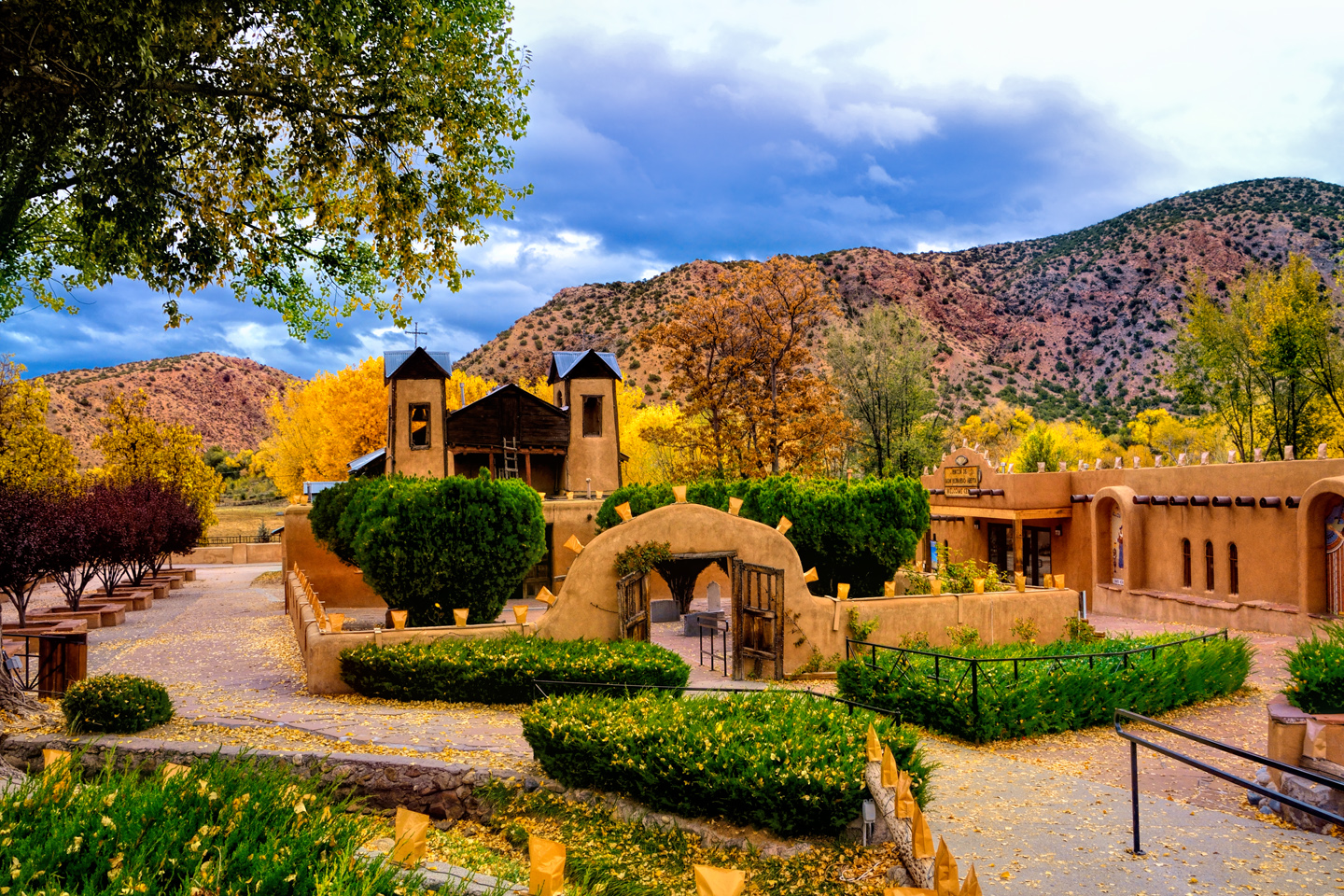
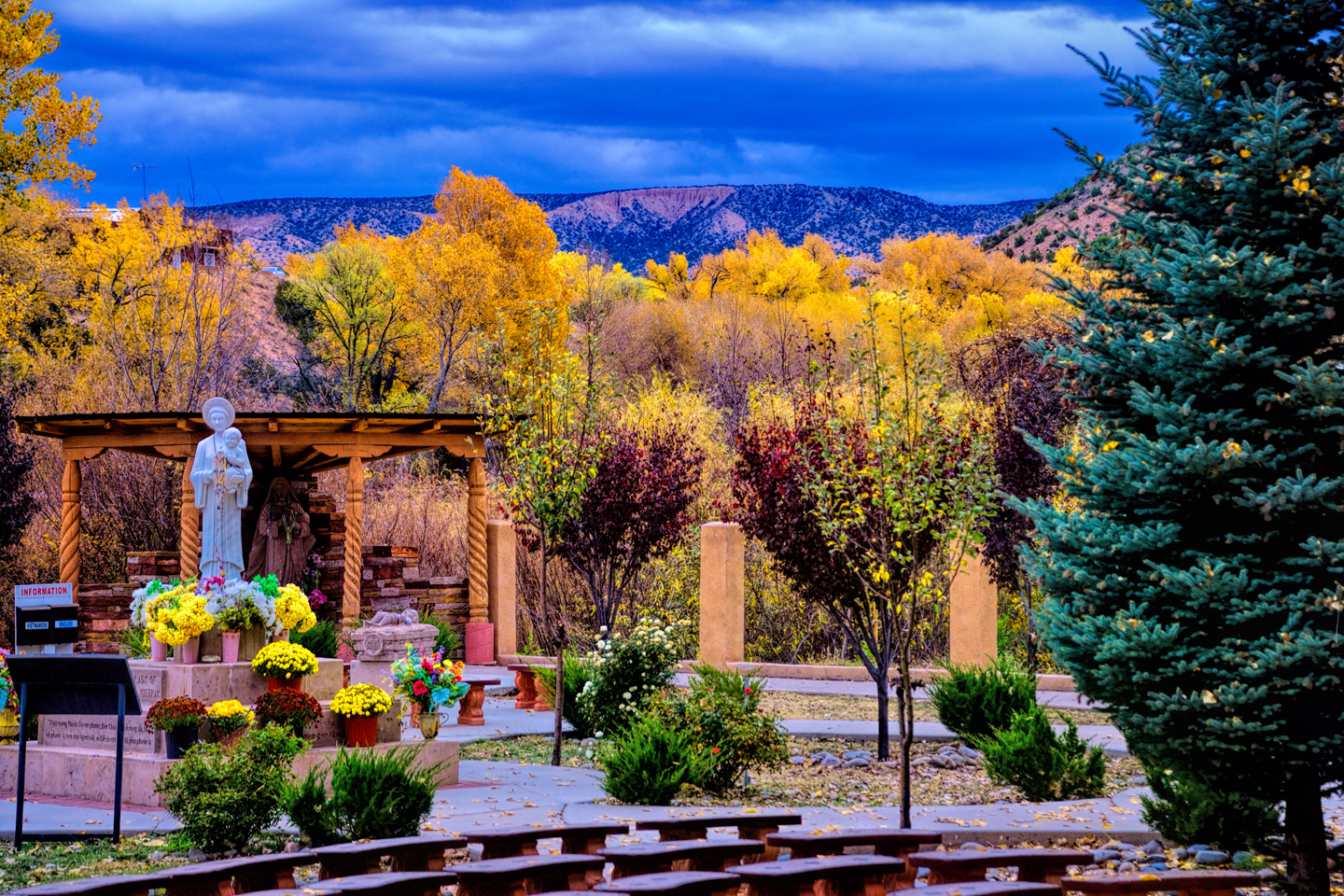
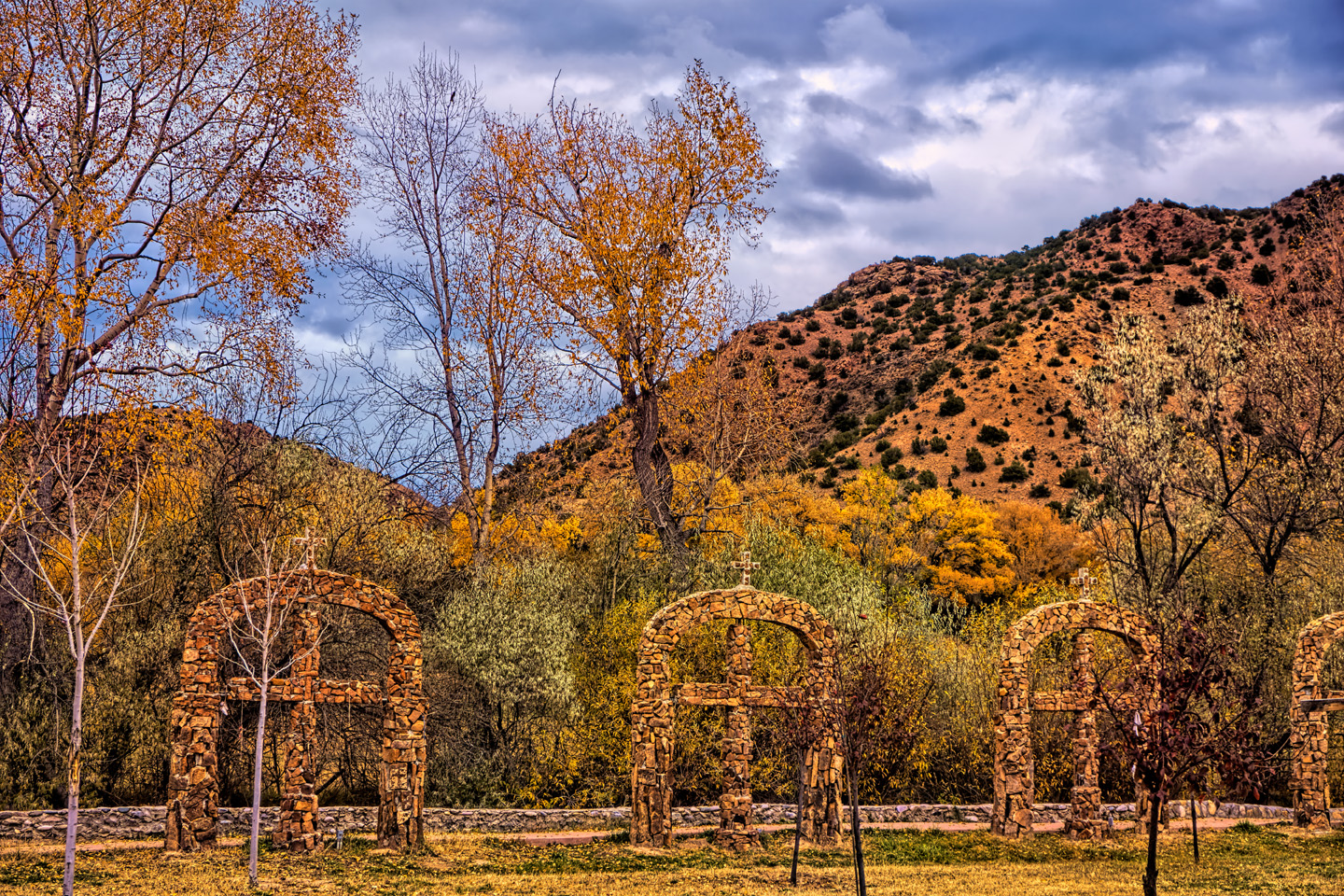
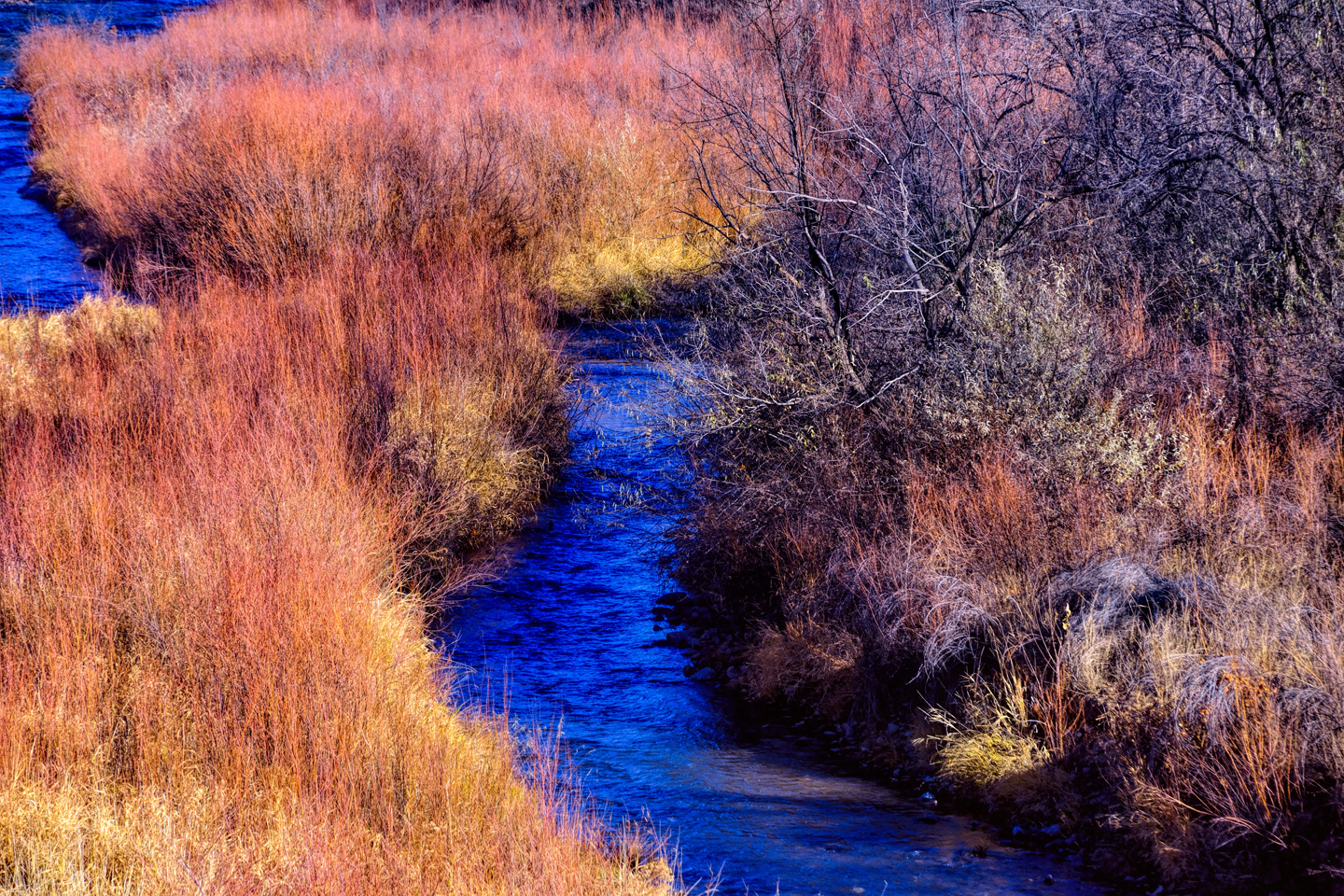
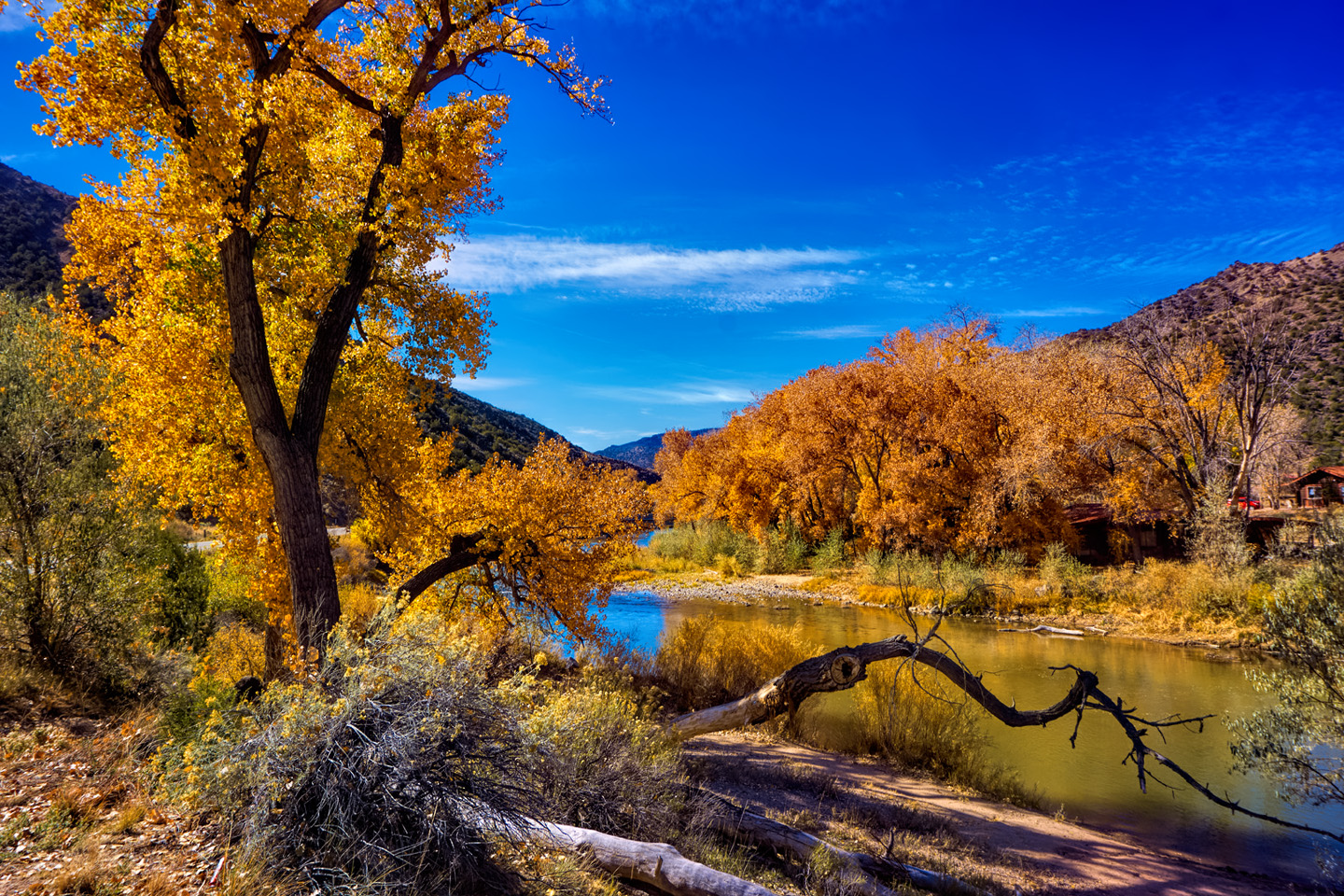
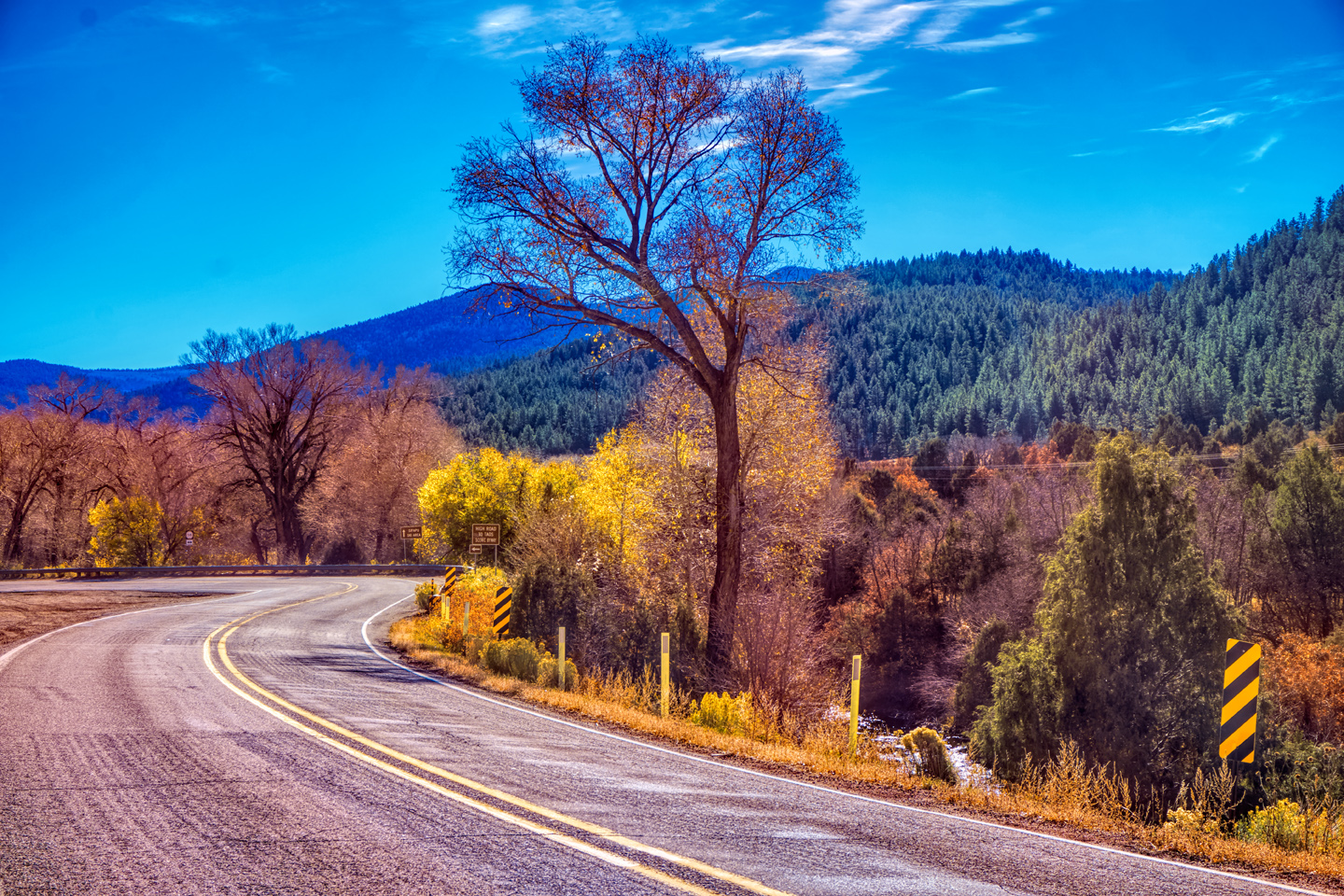
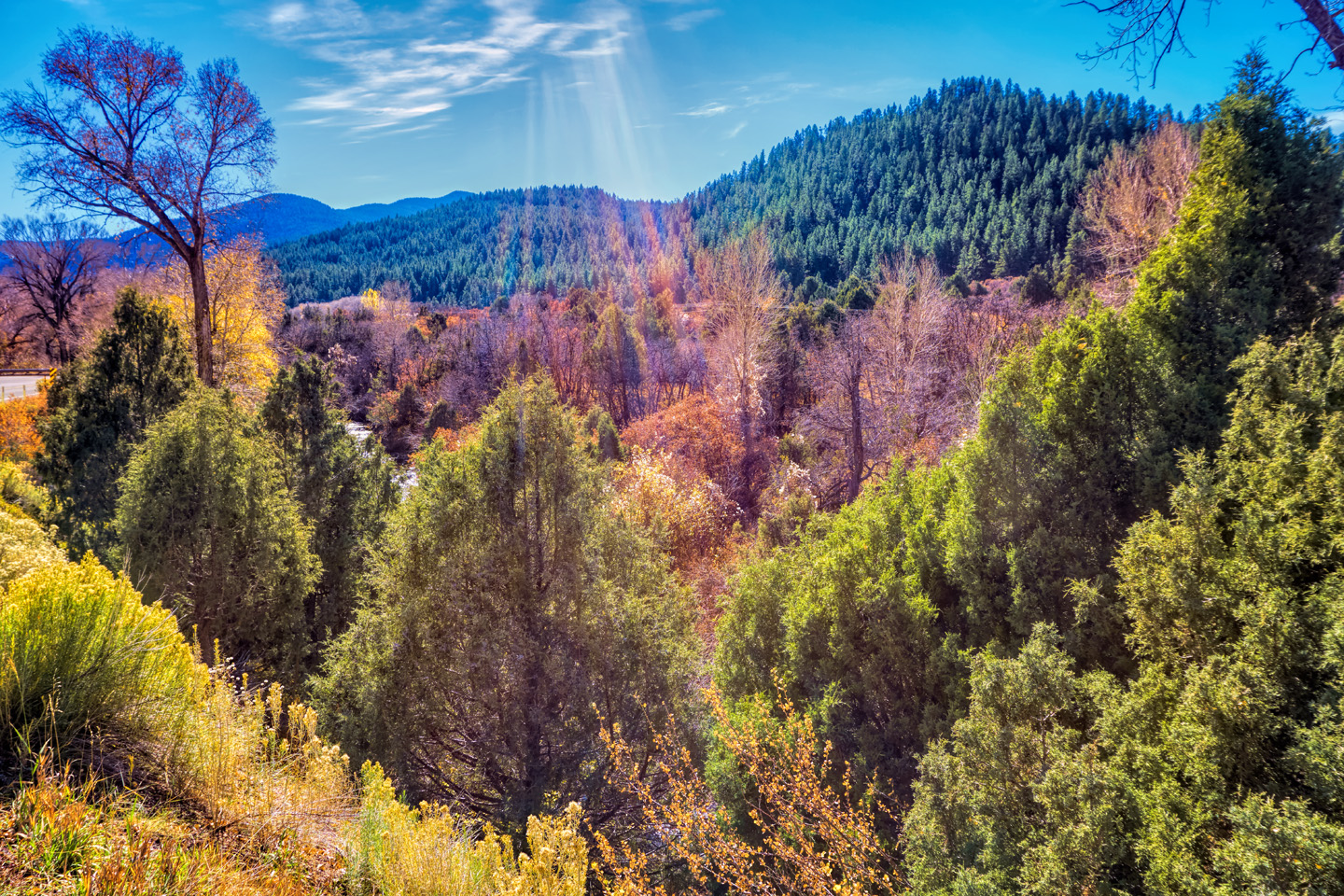
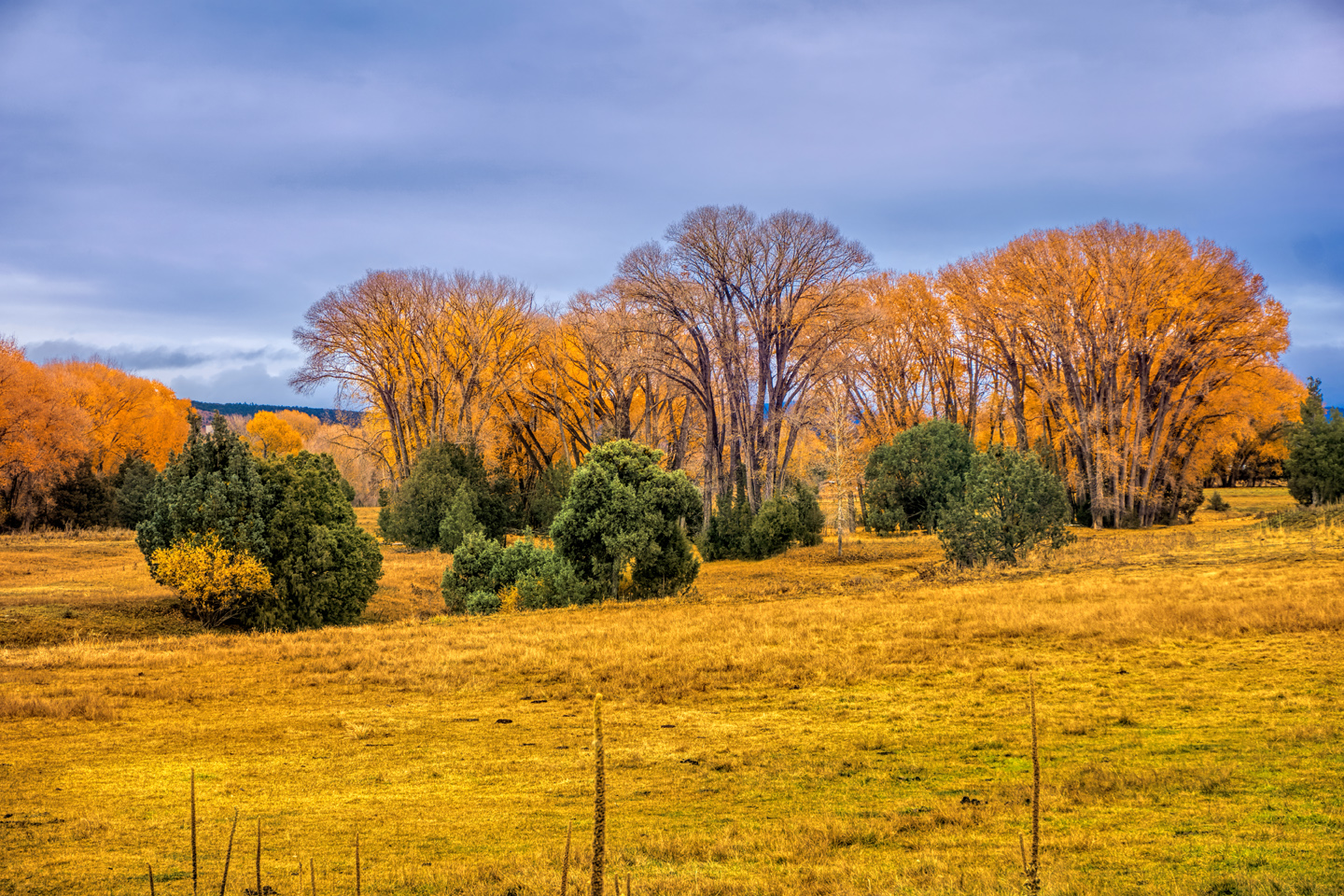
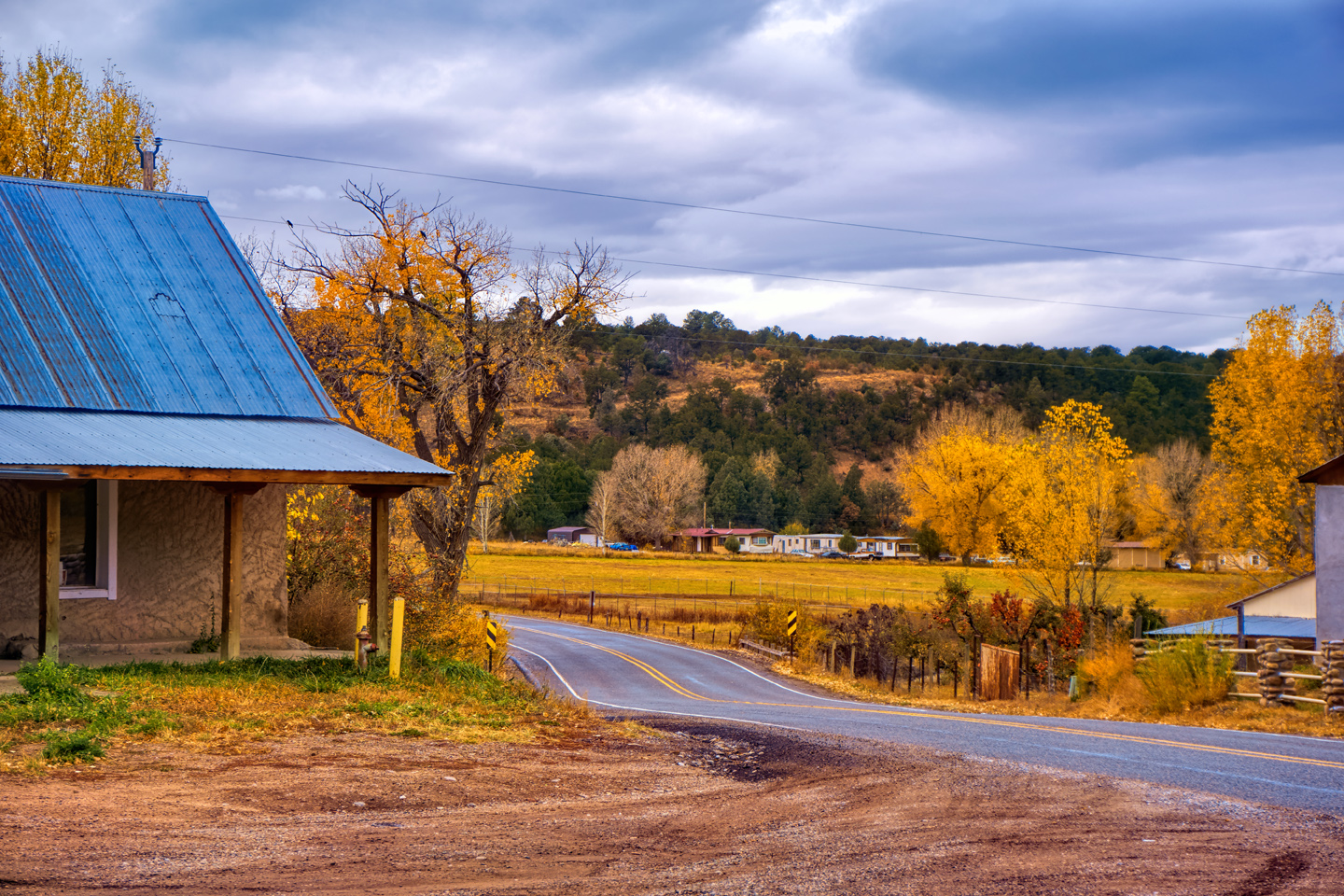
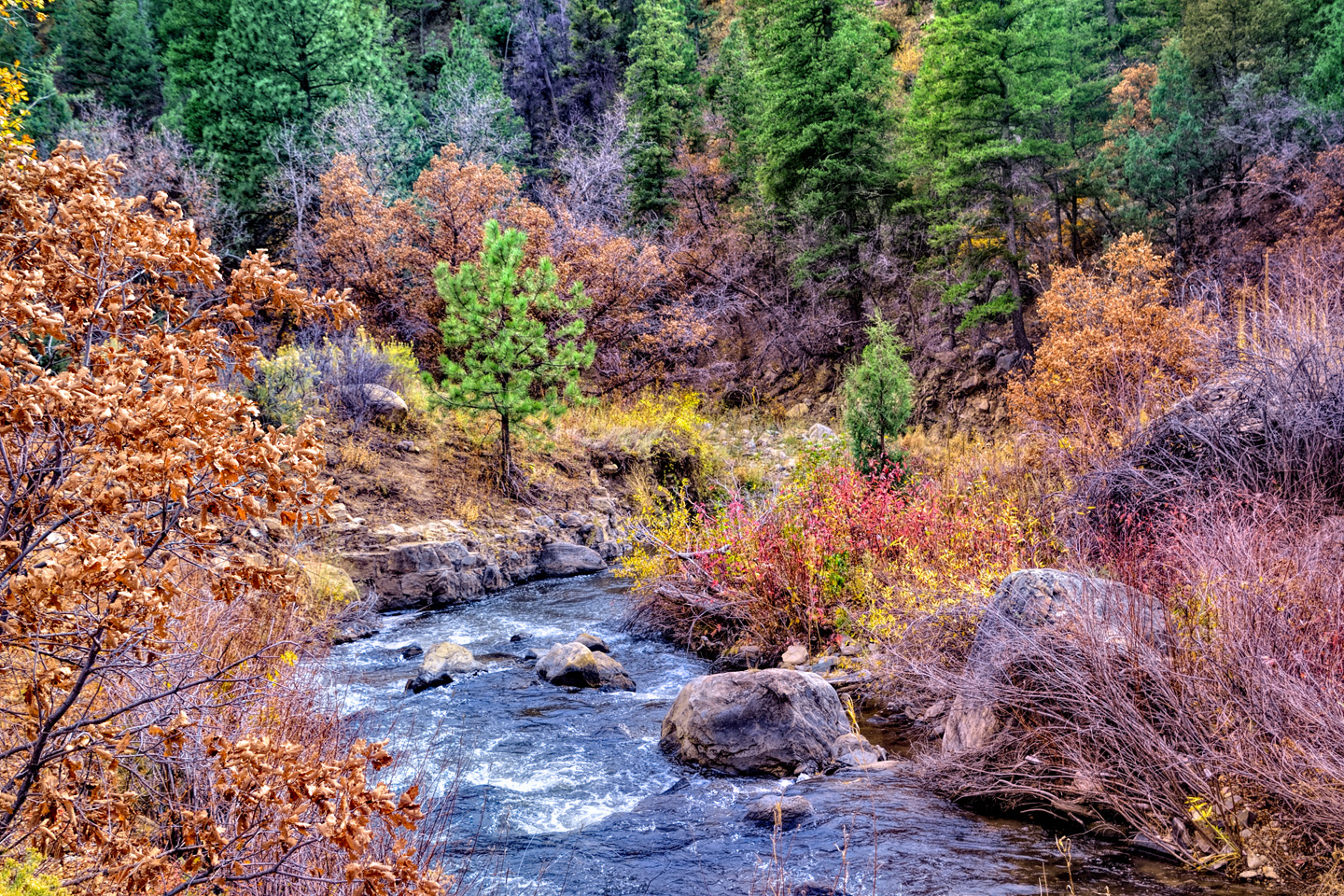
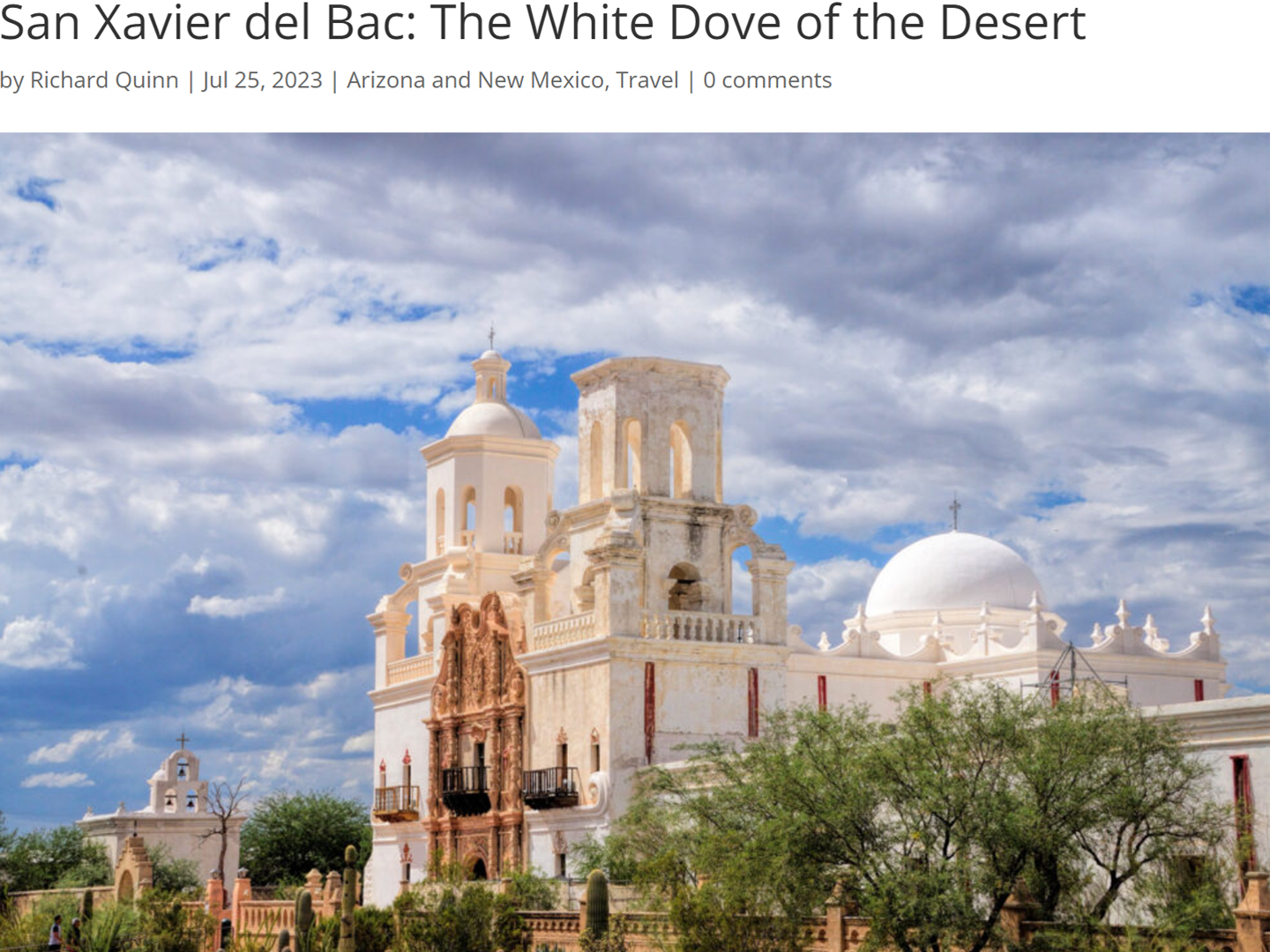
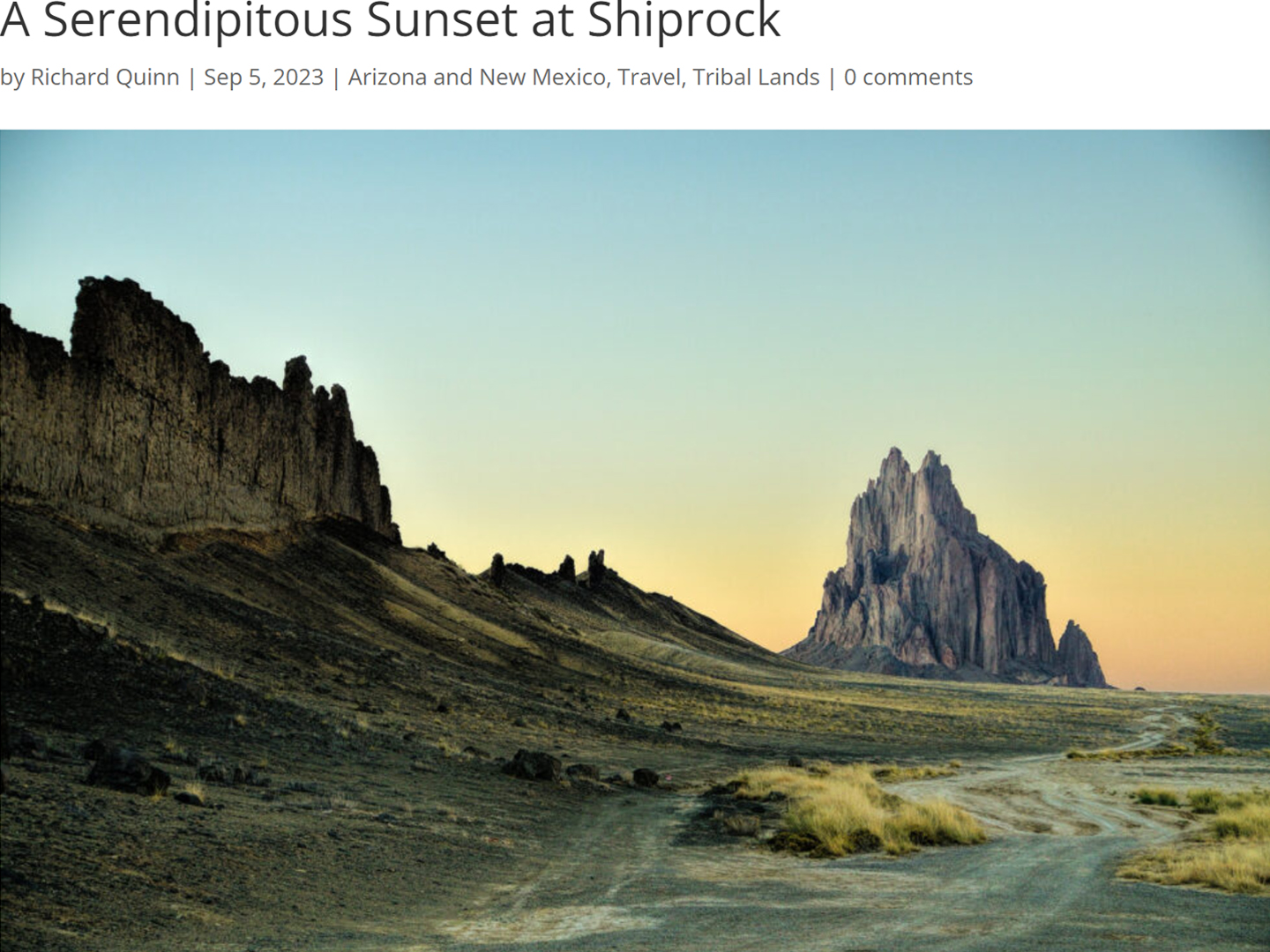




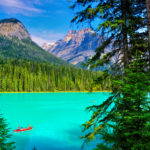
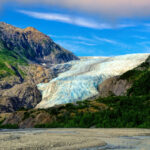


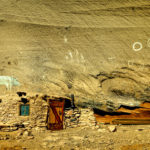
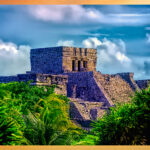
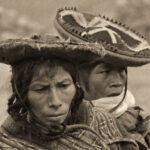
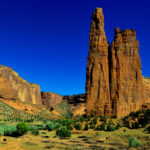


Recent Comments